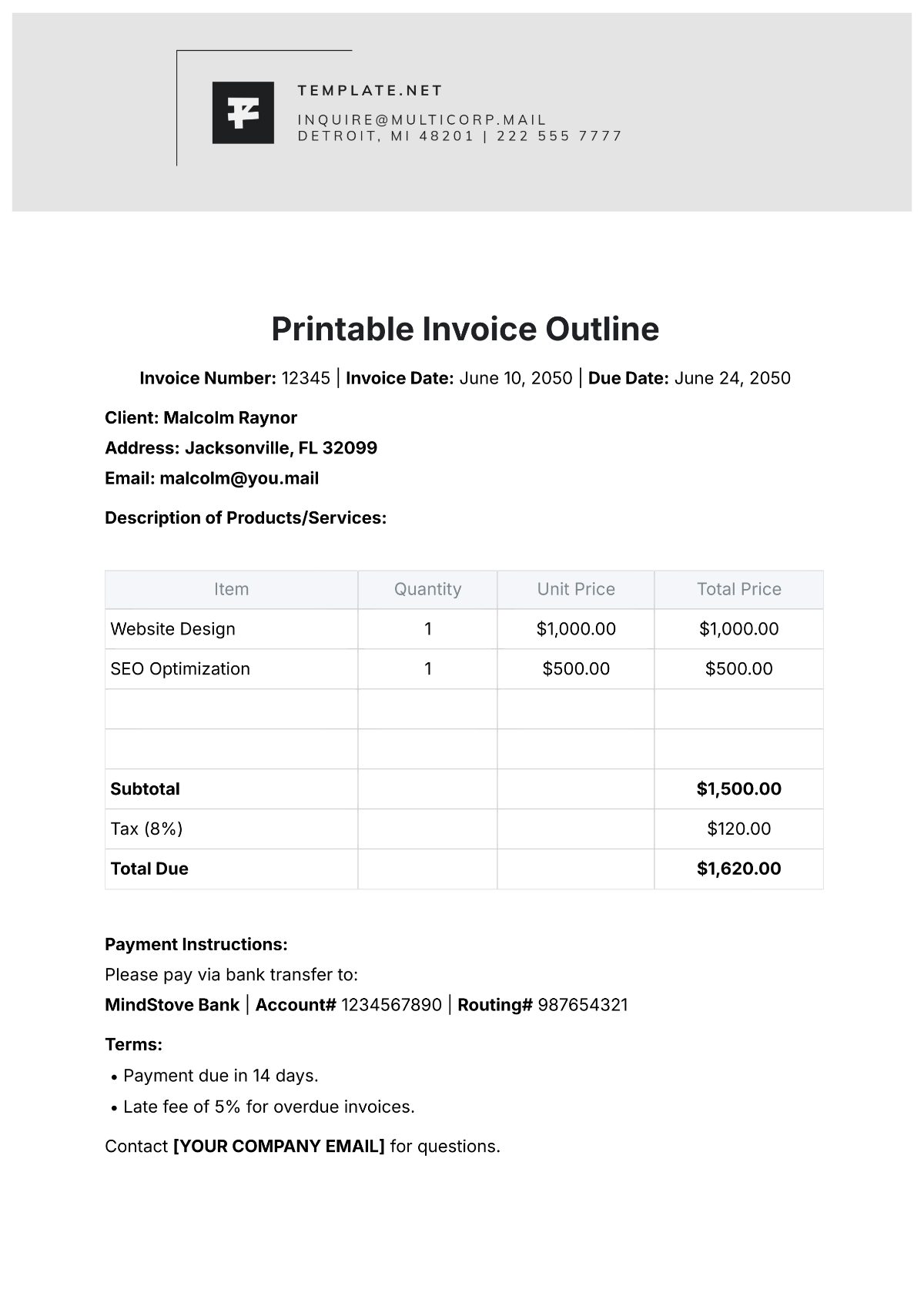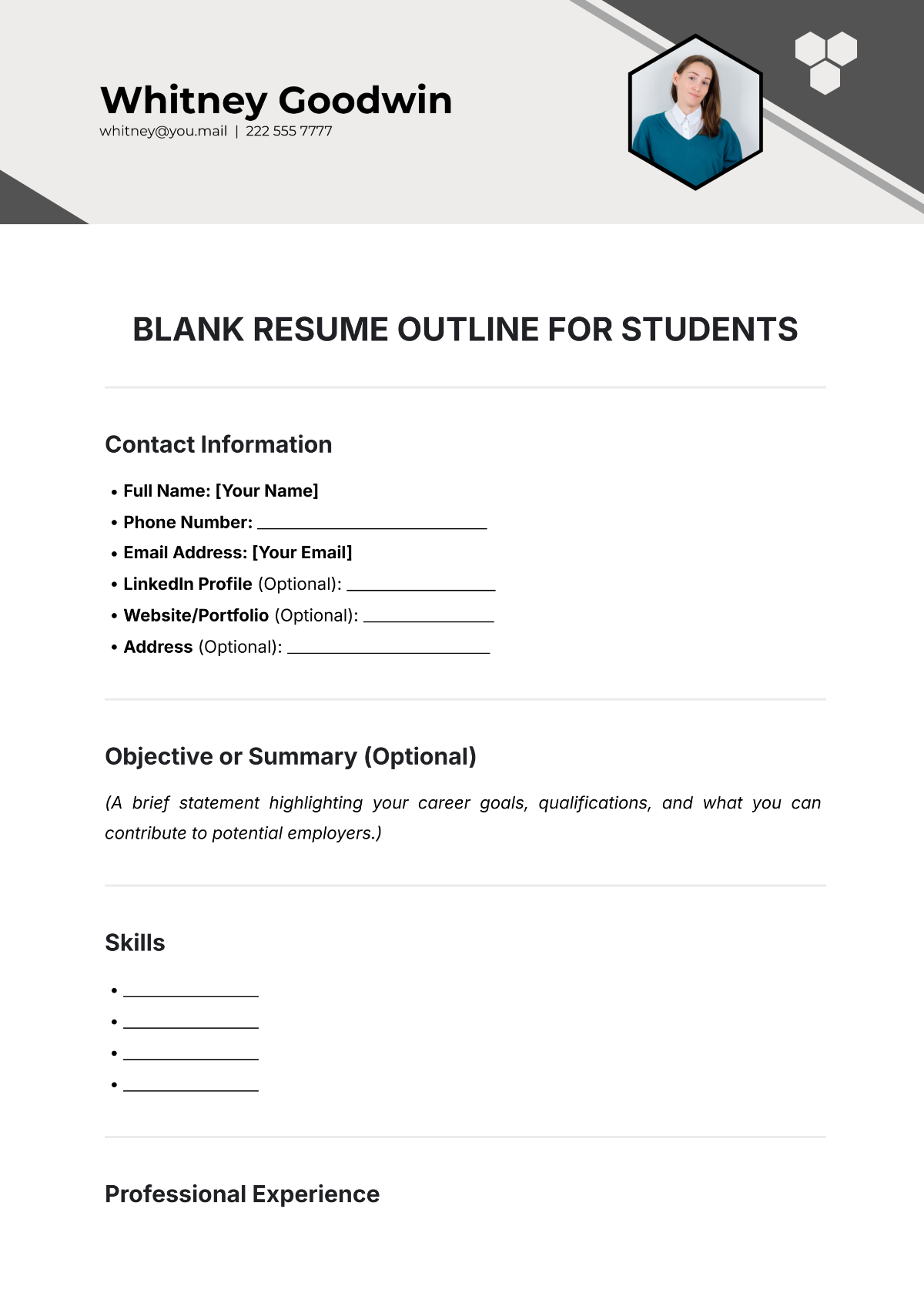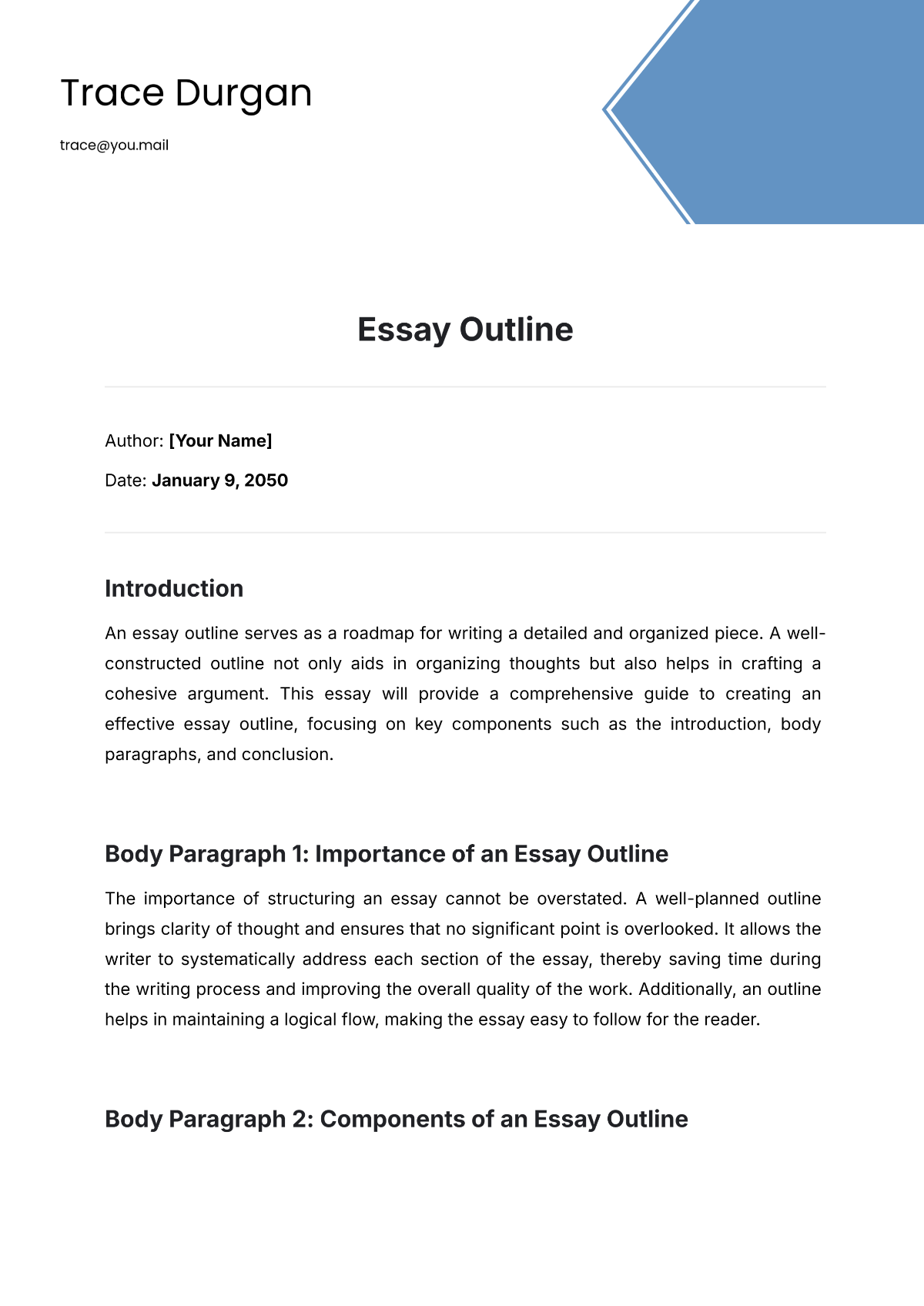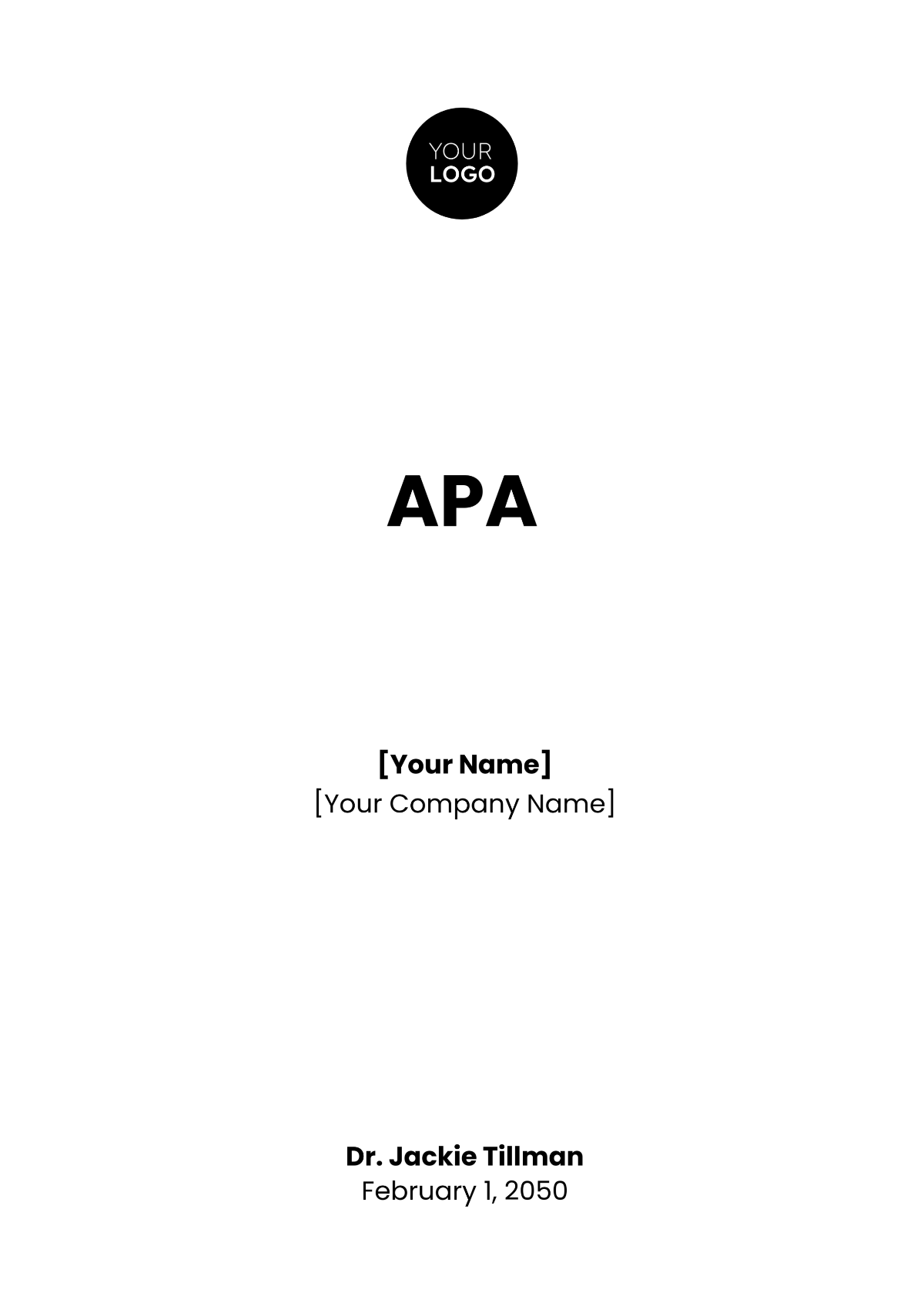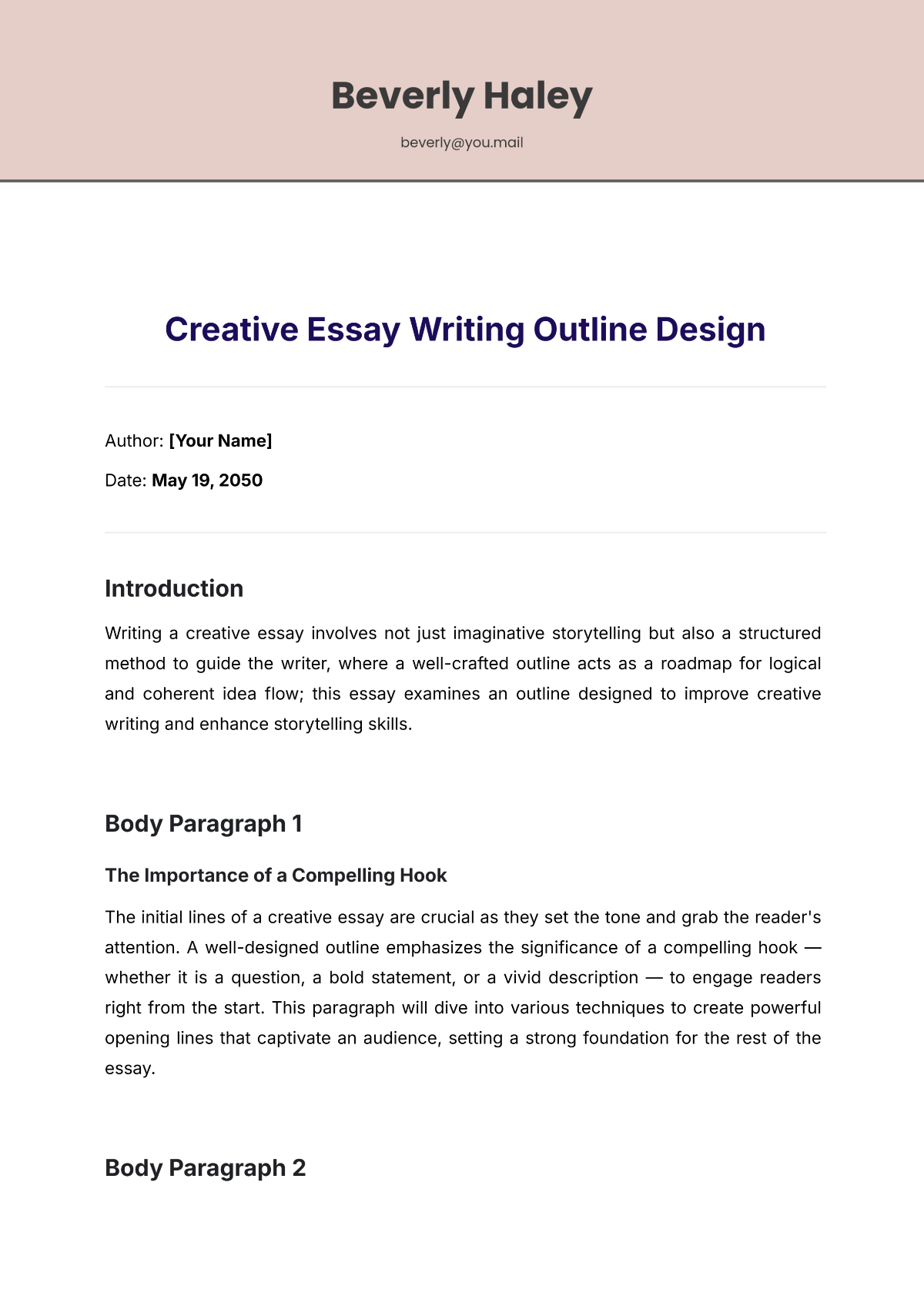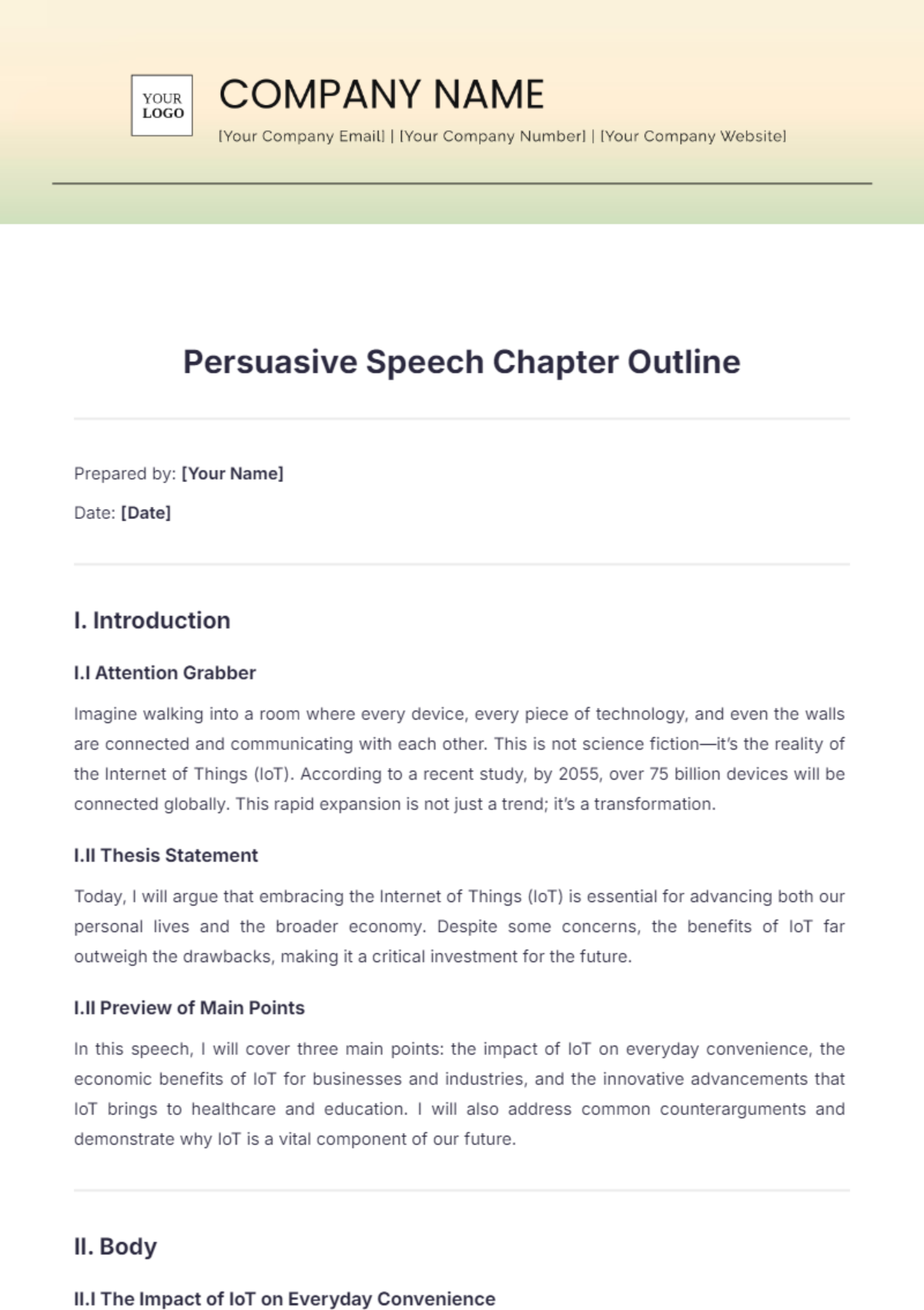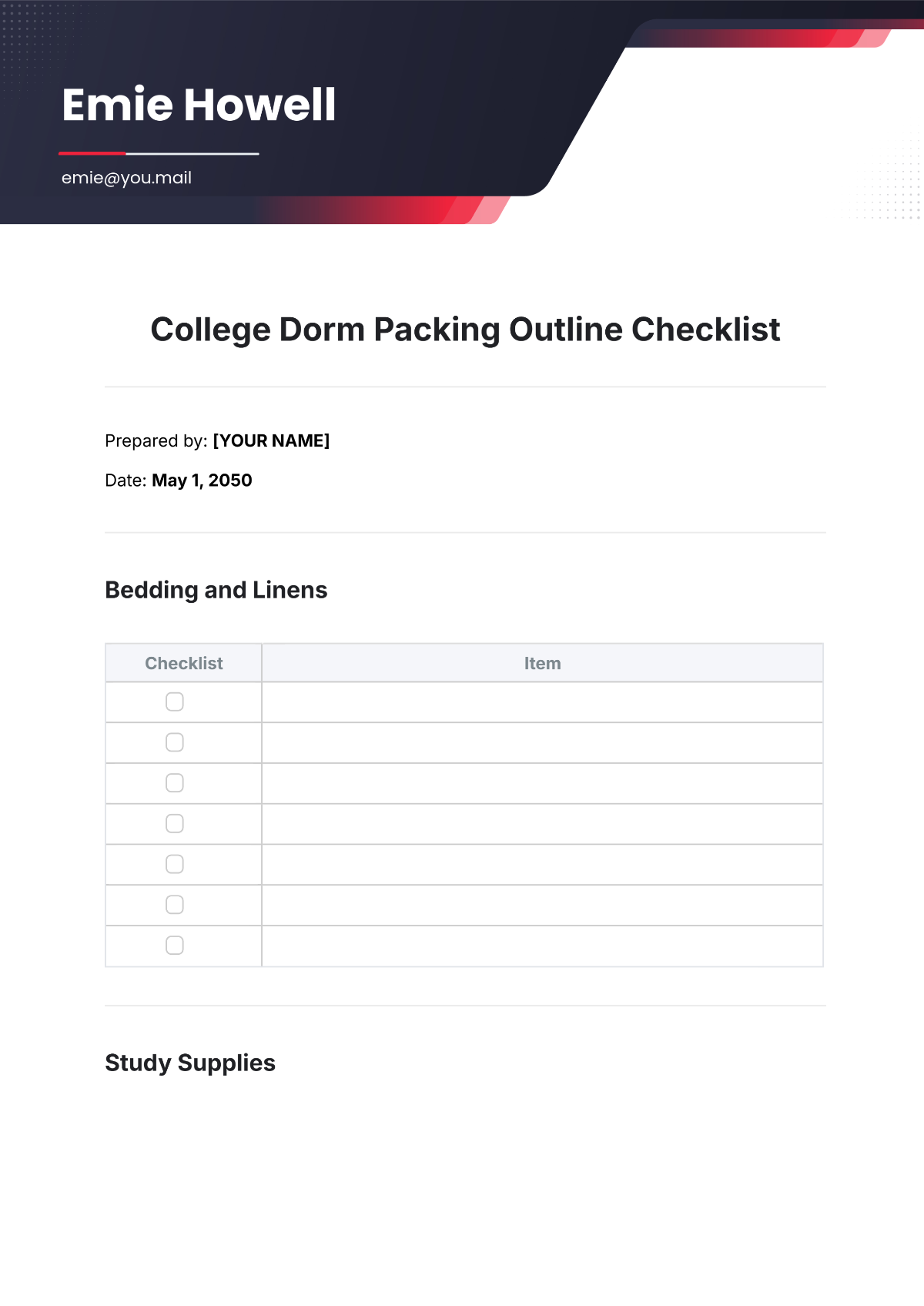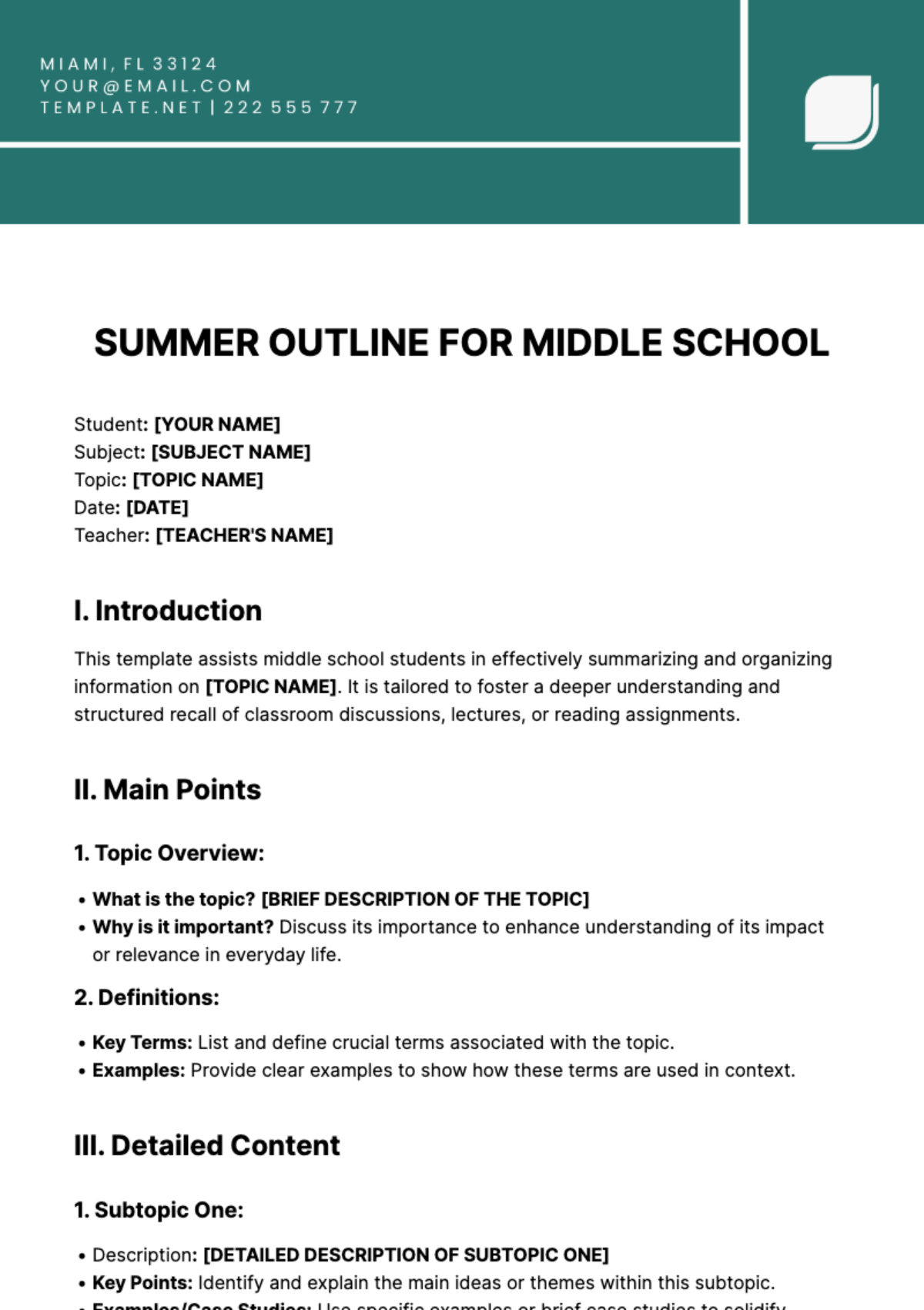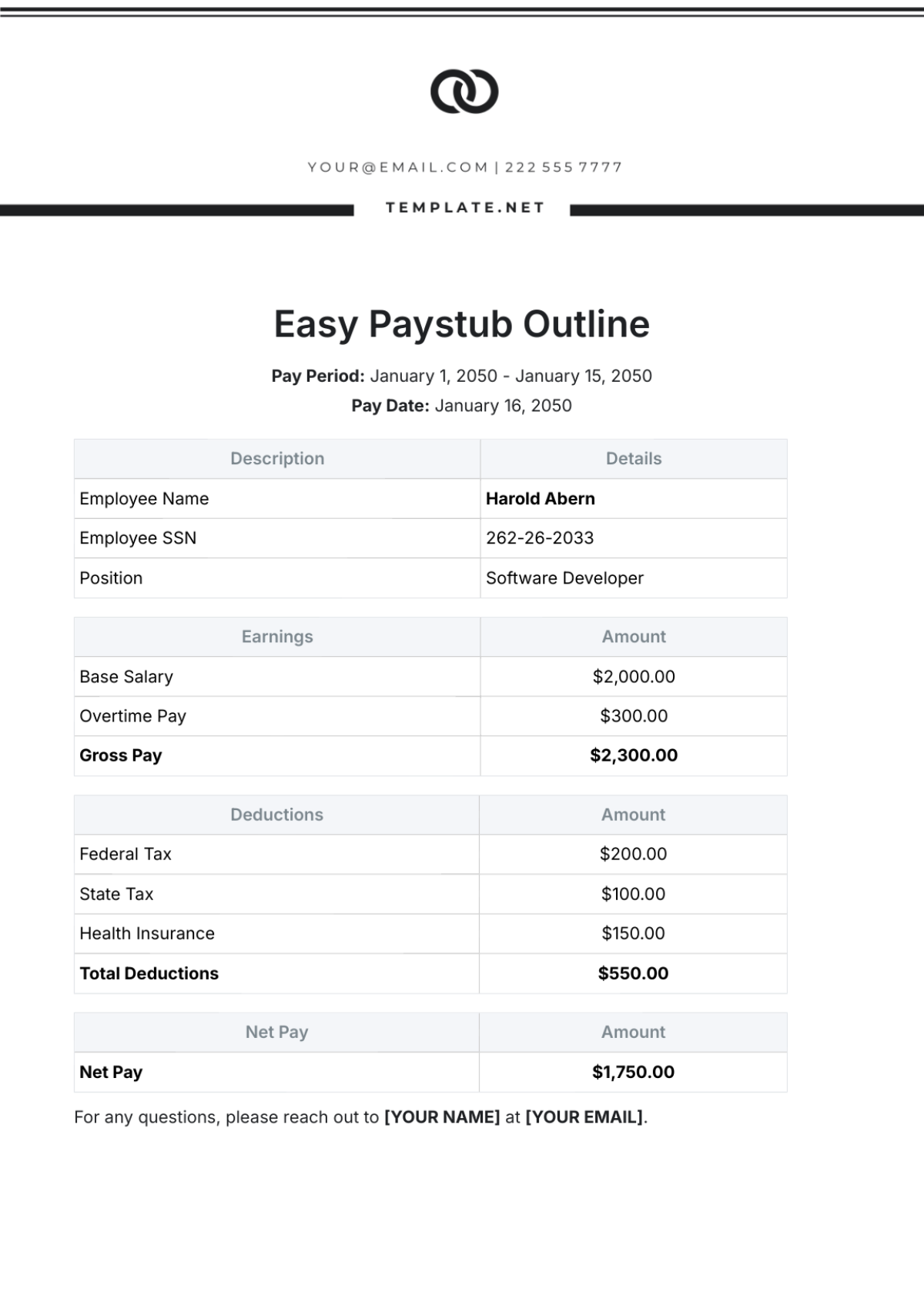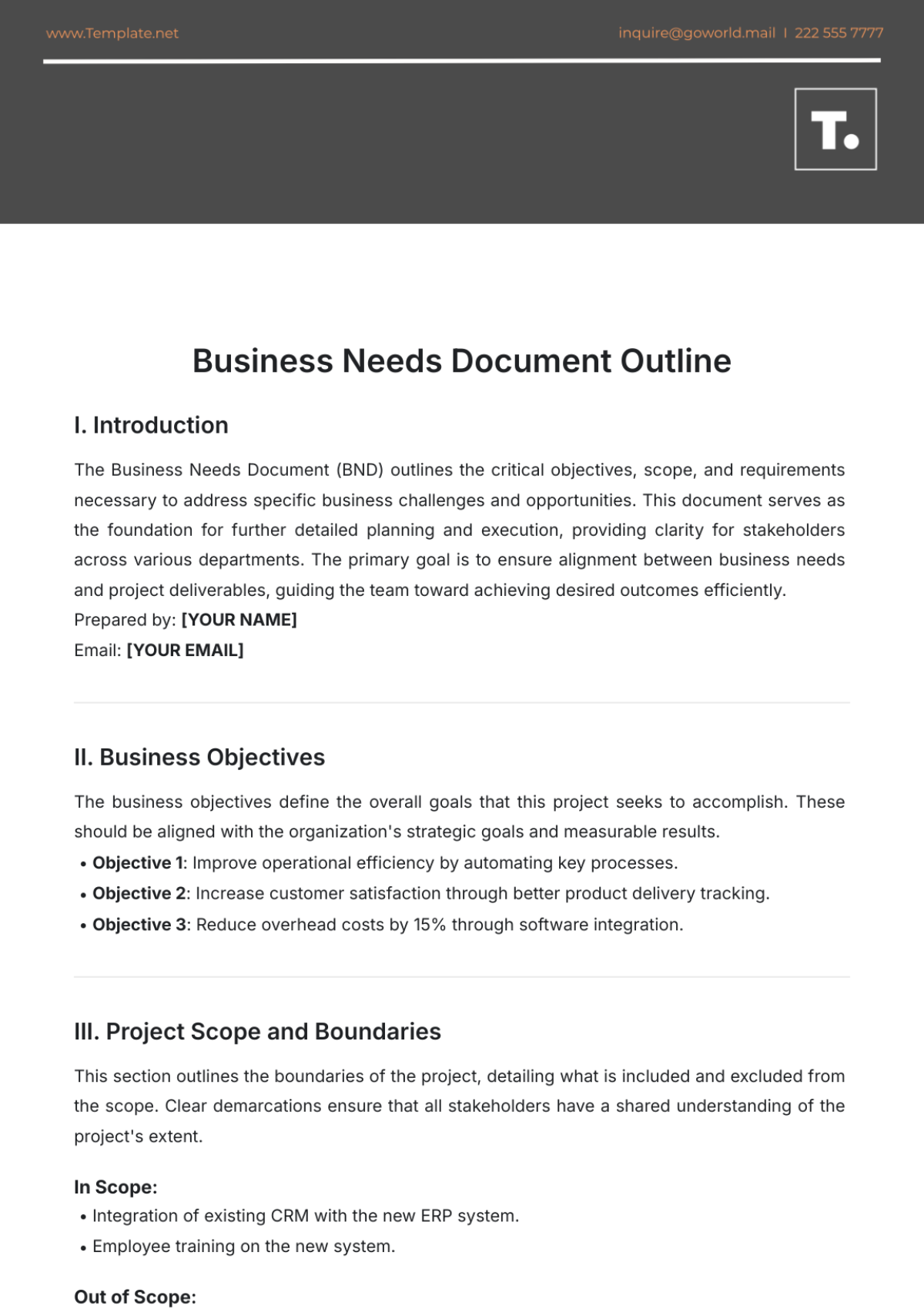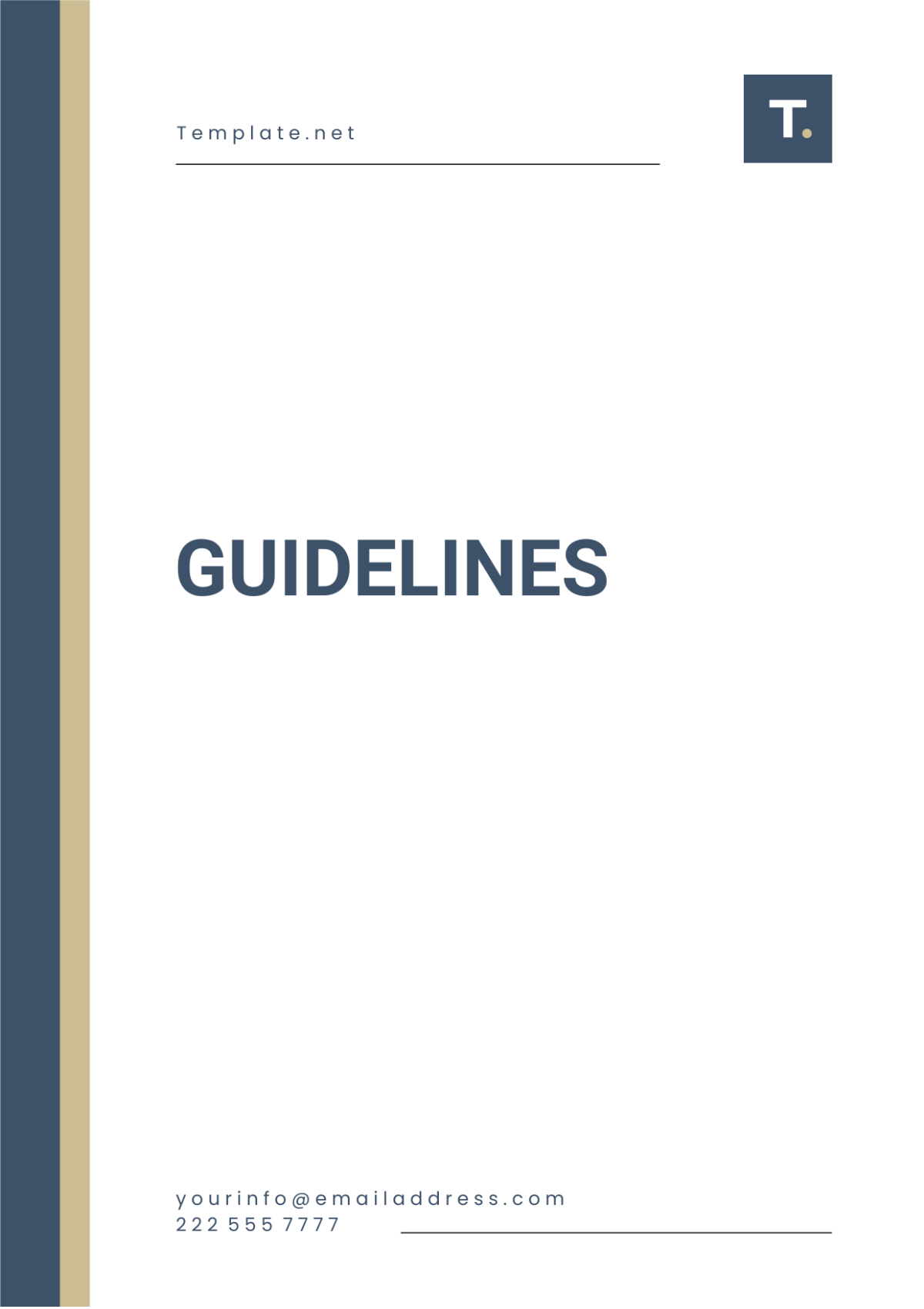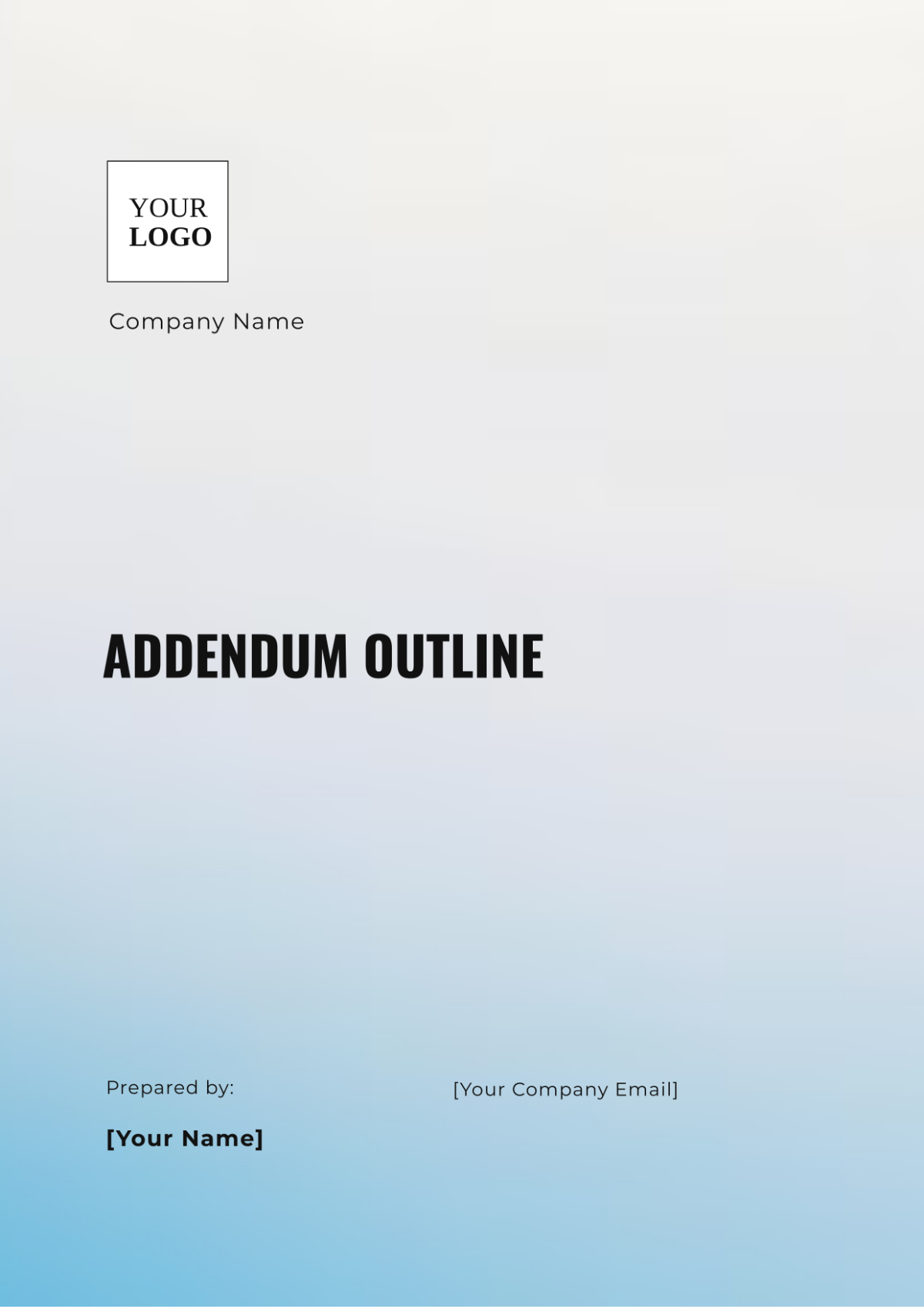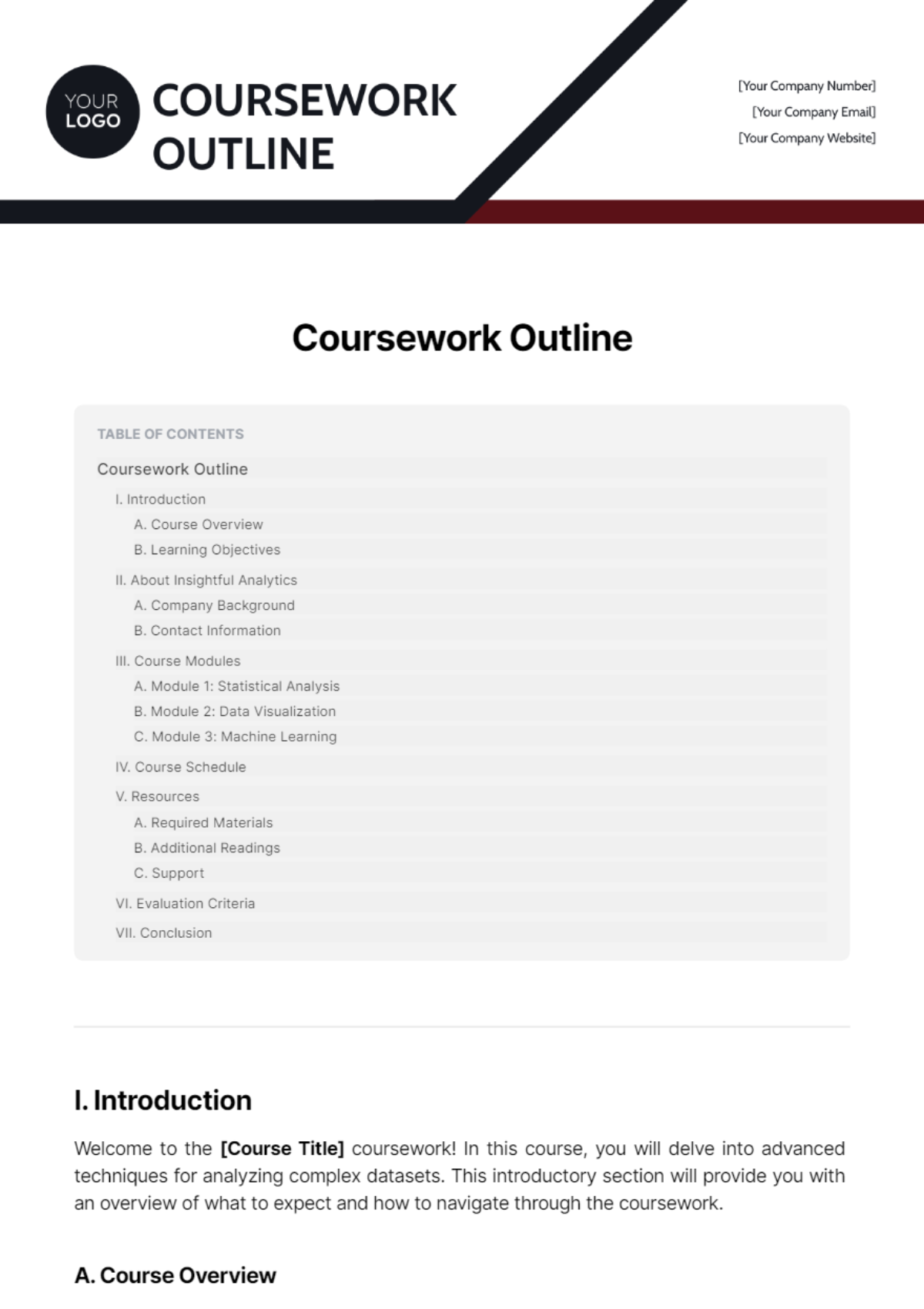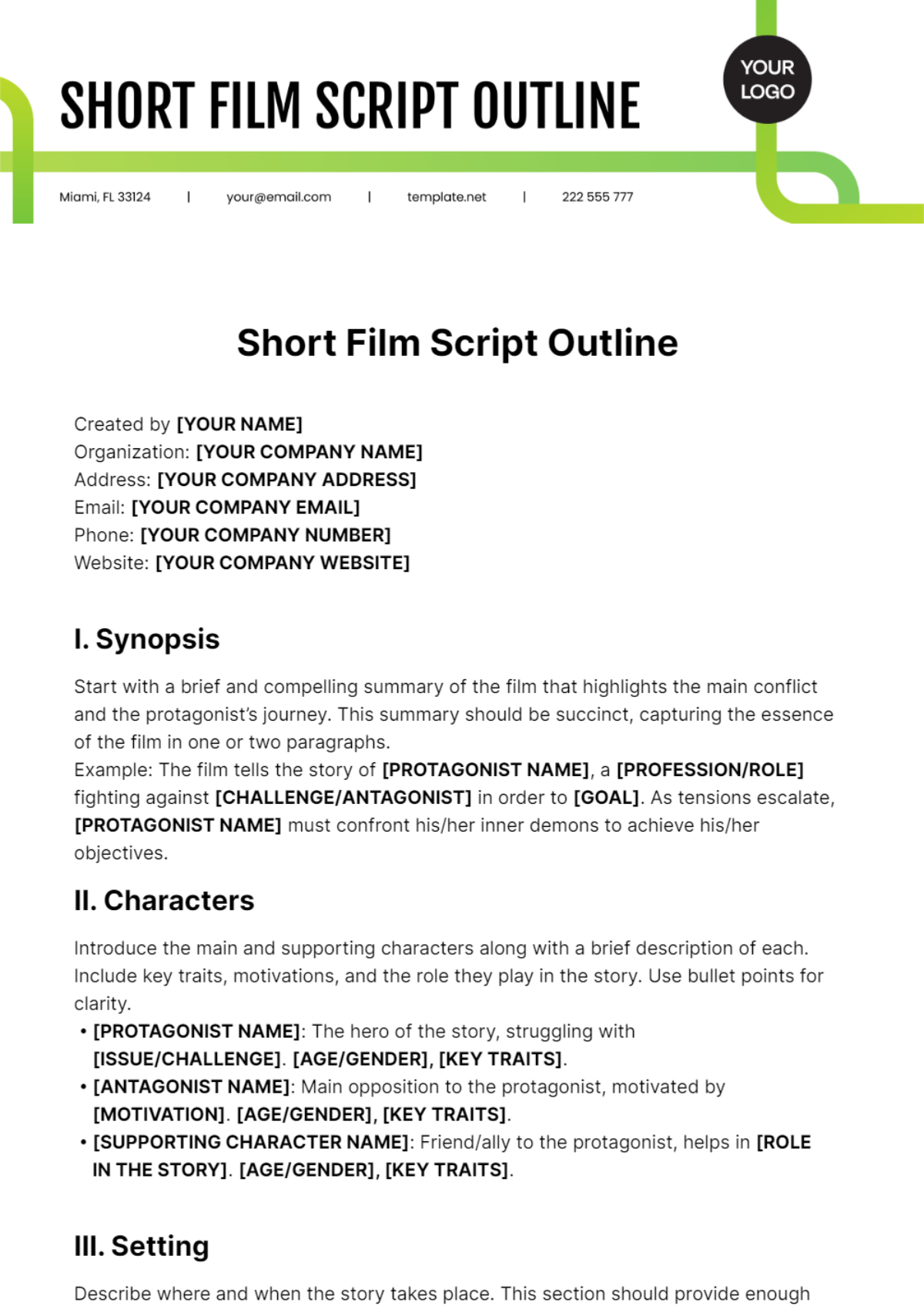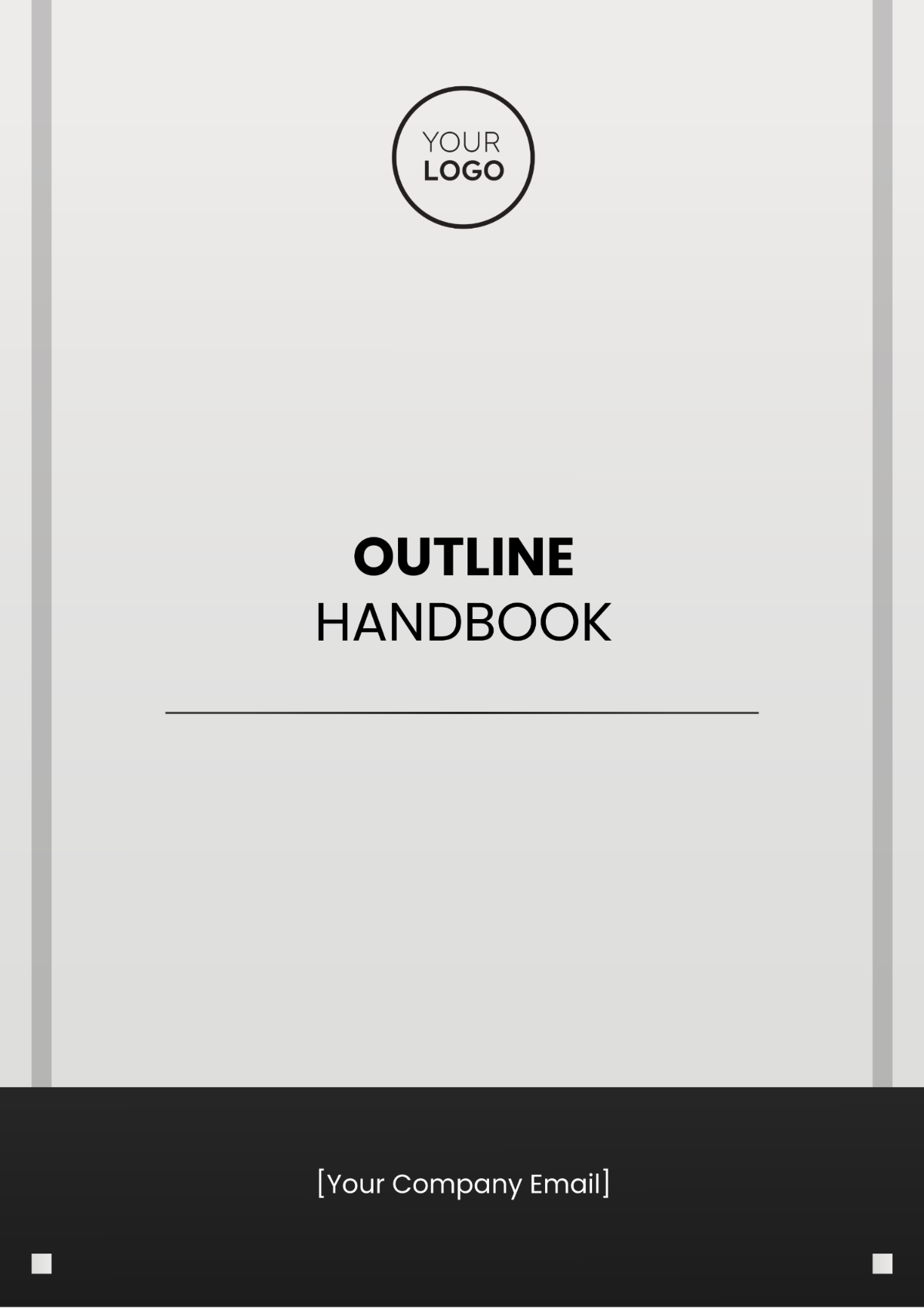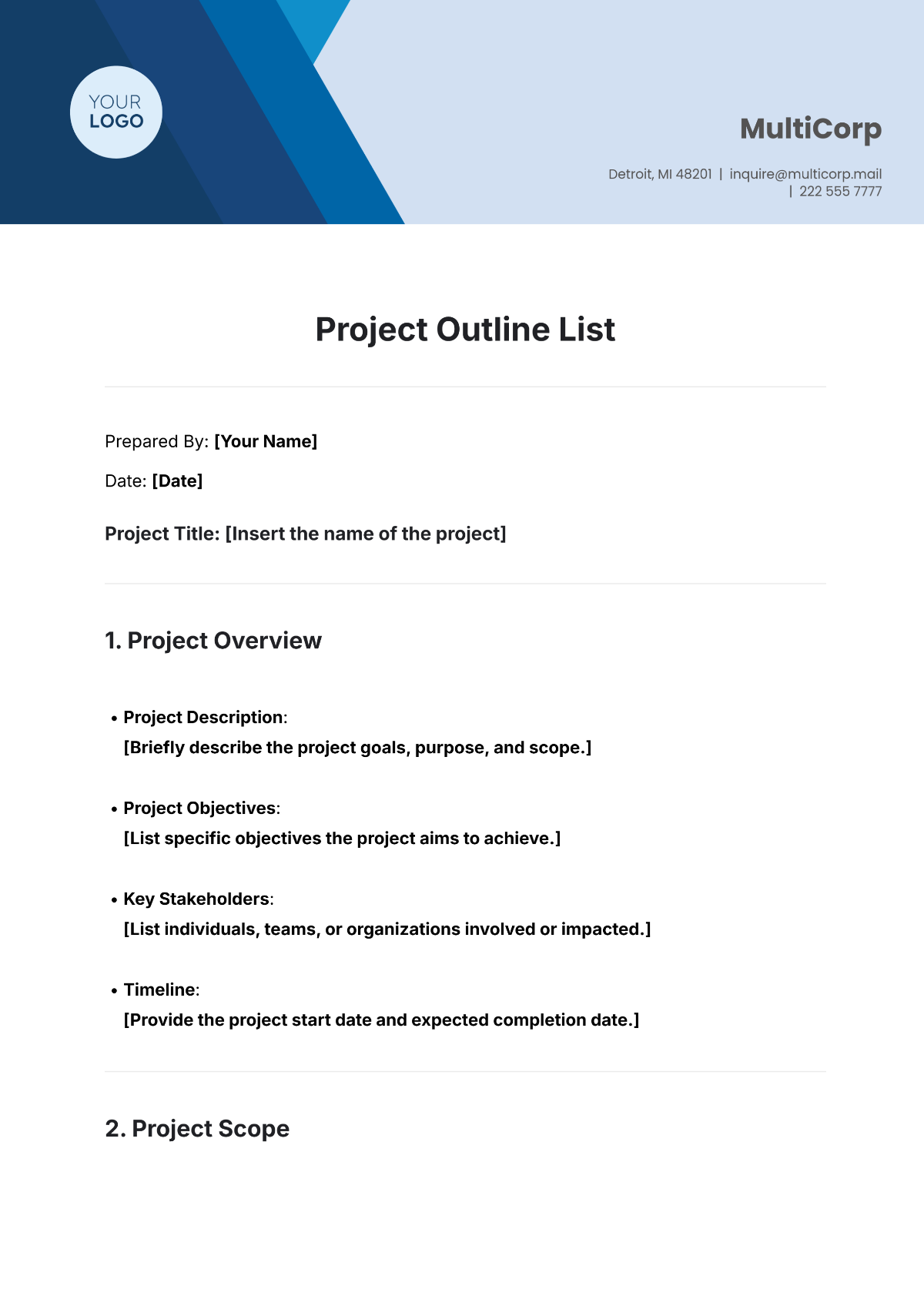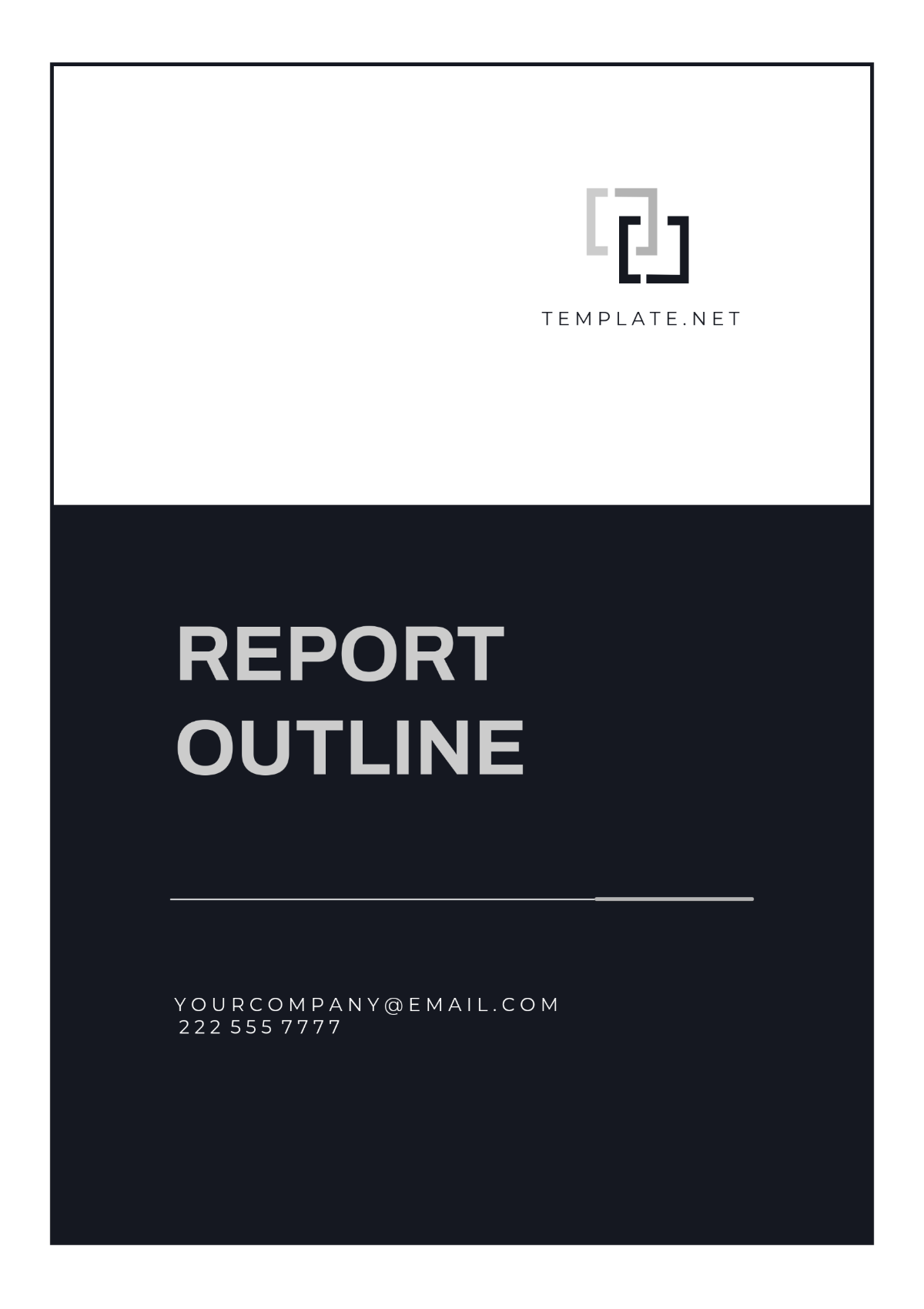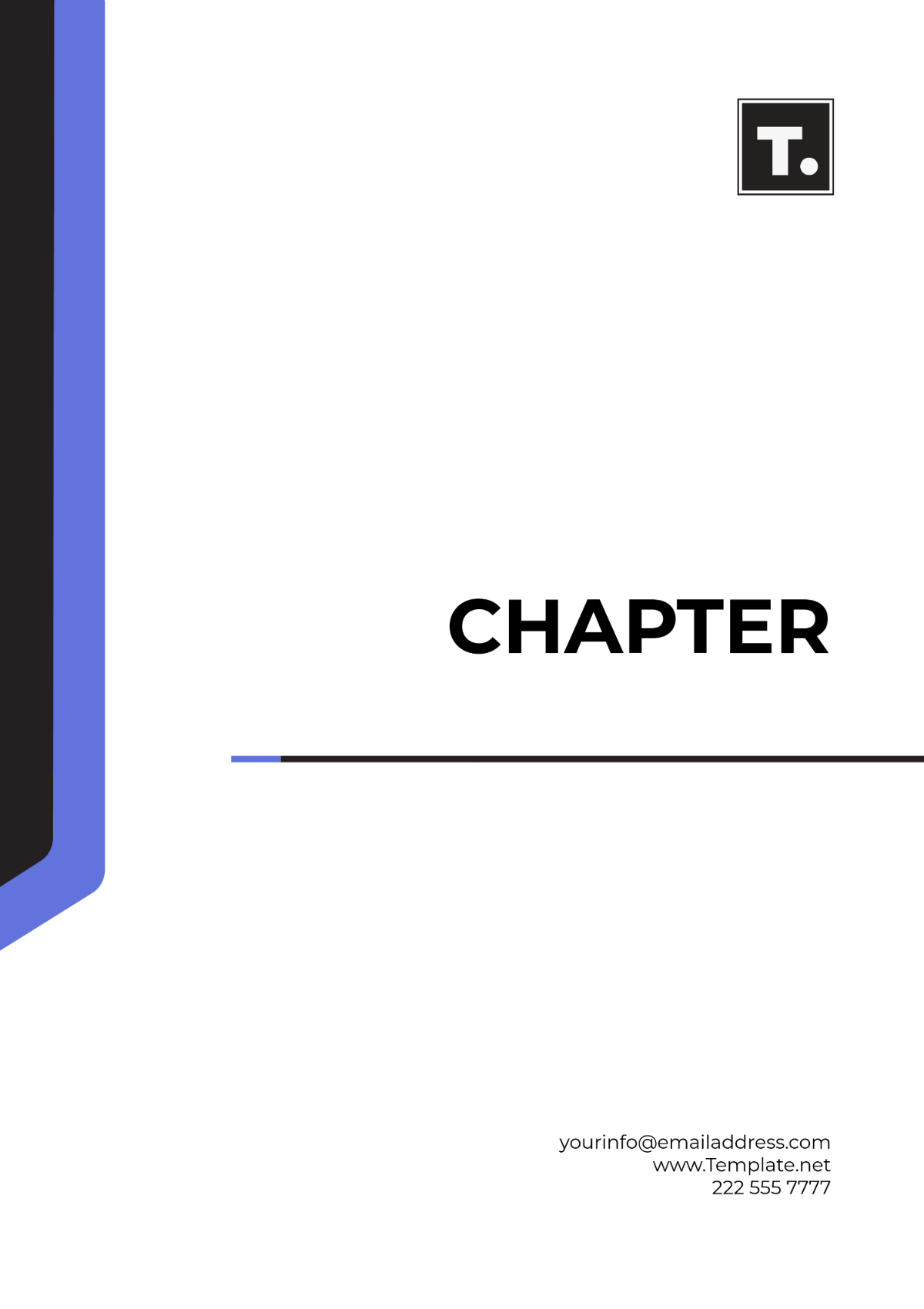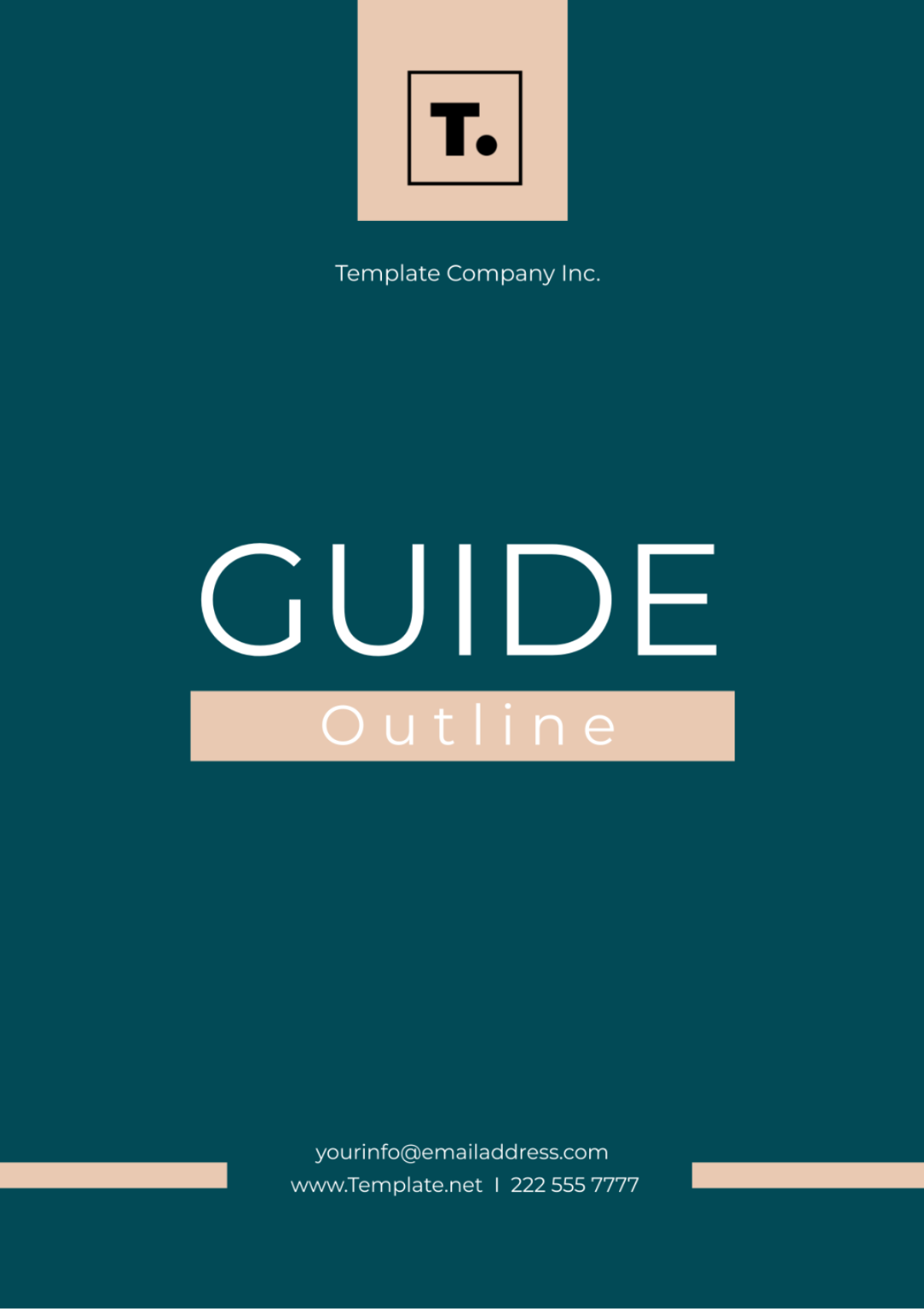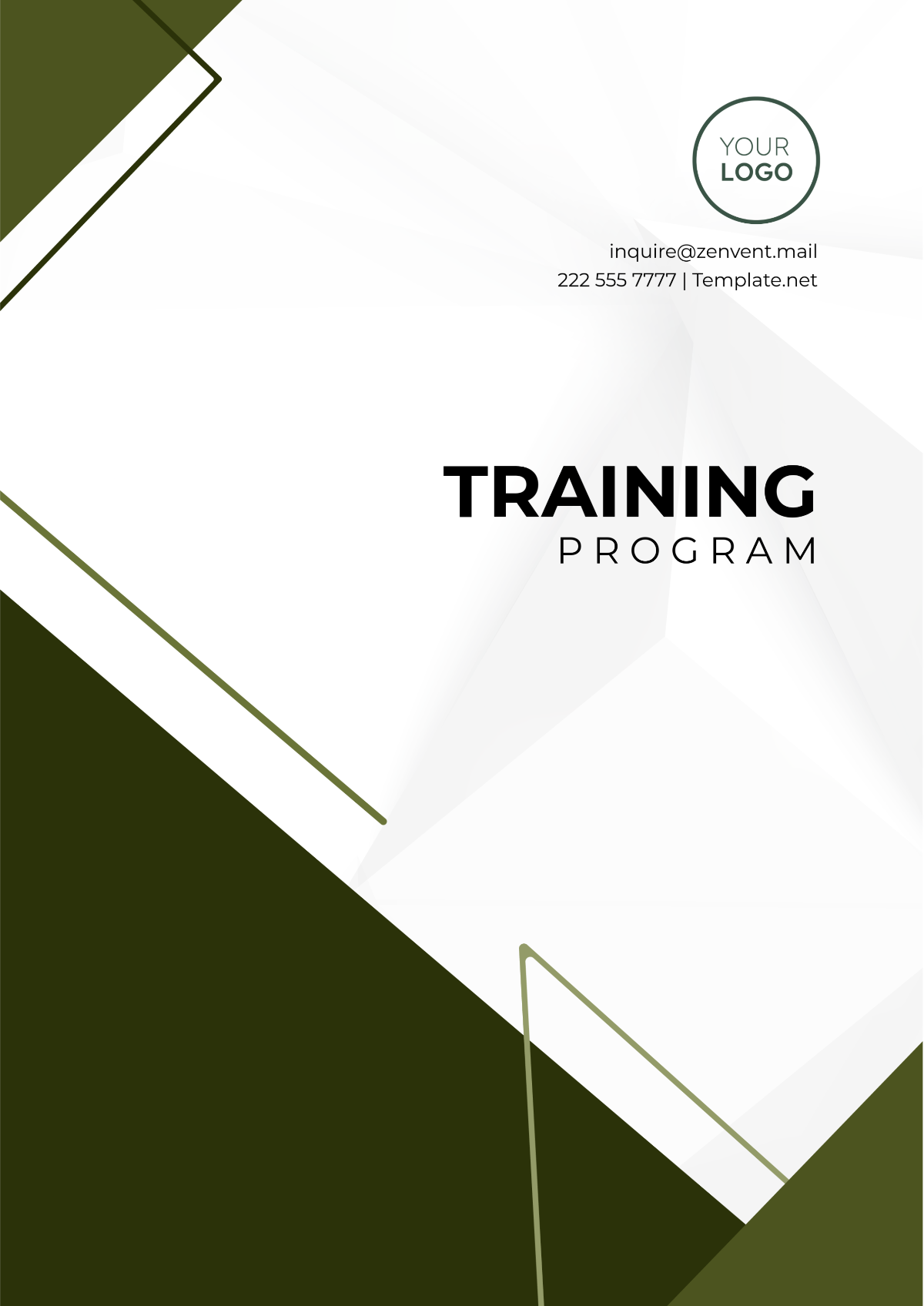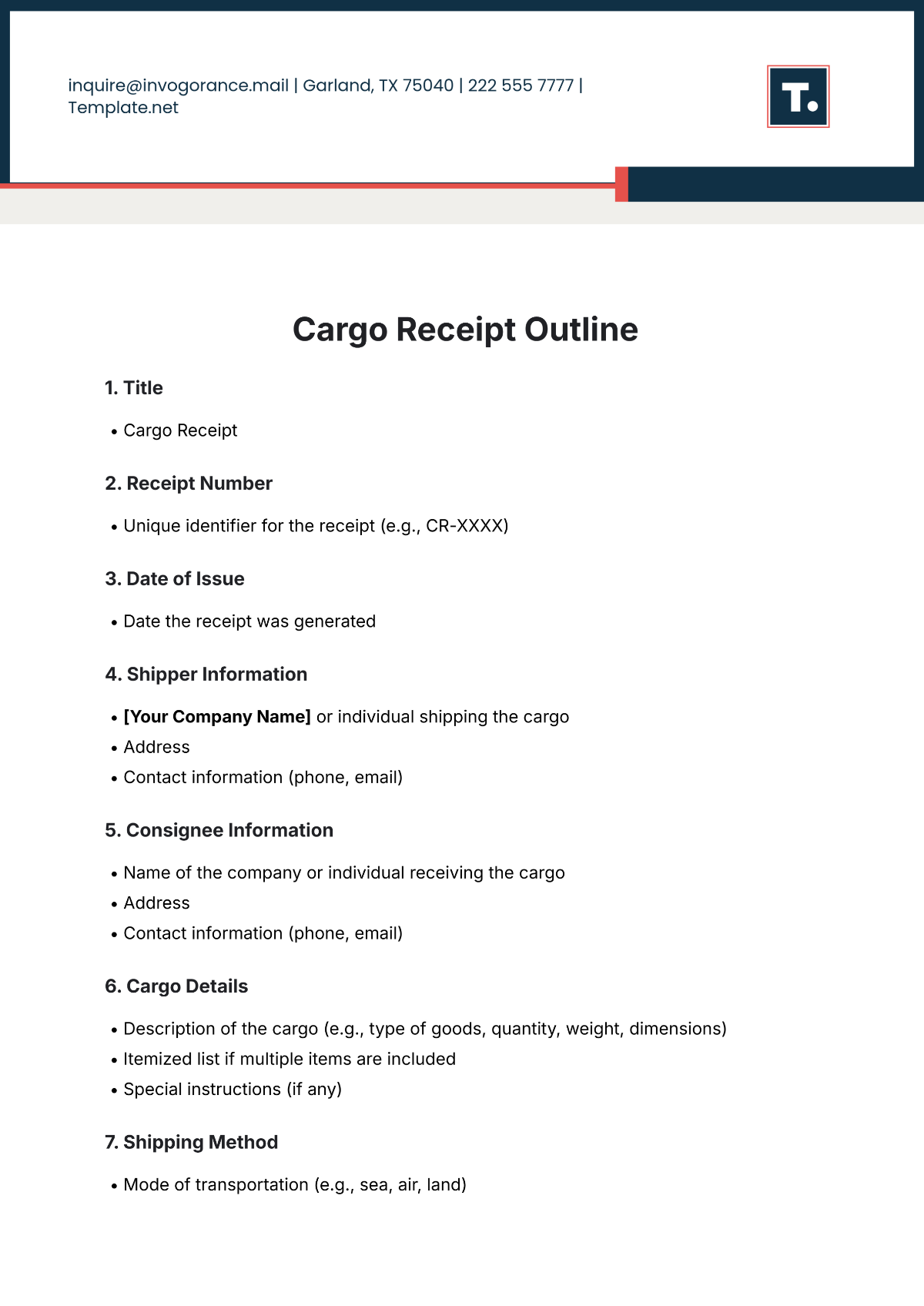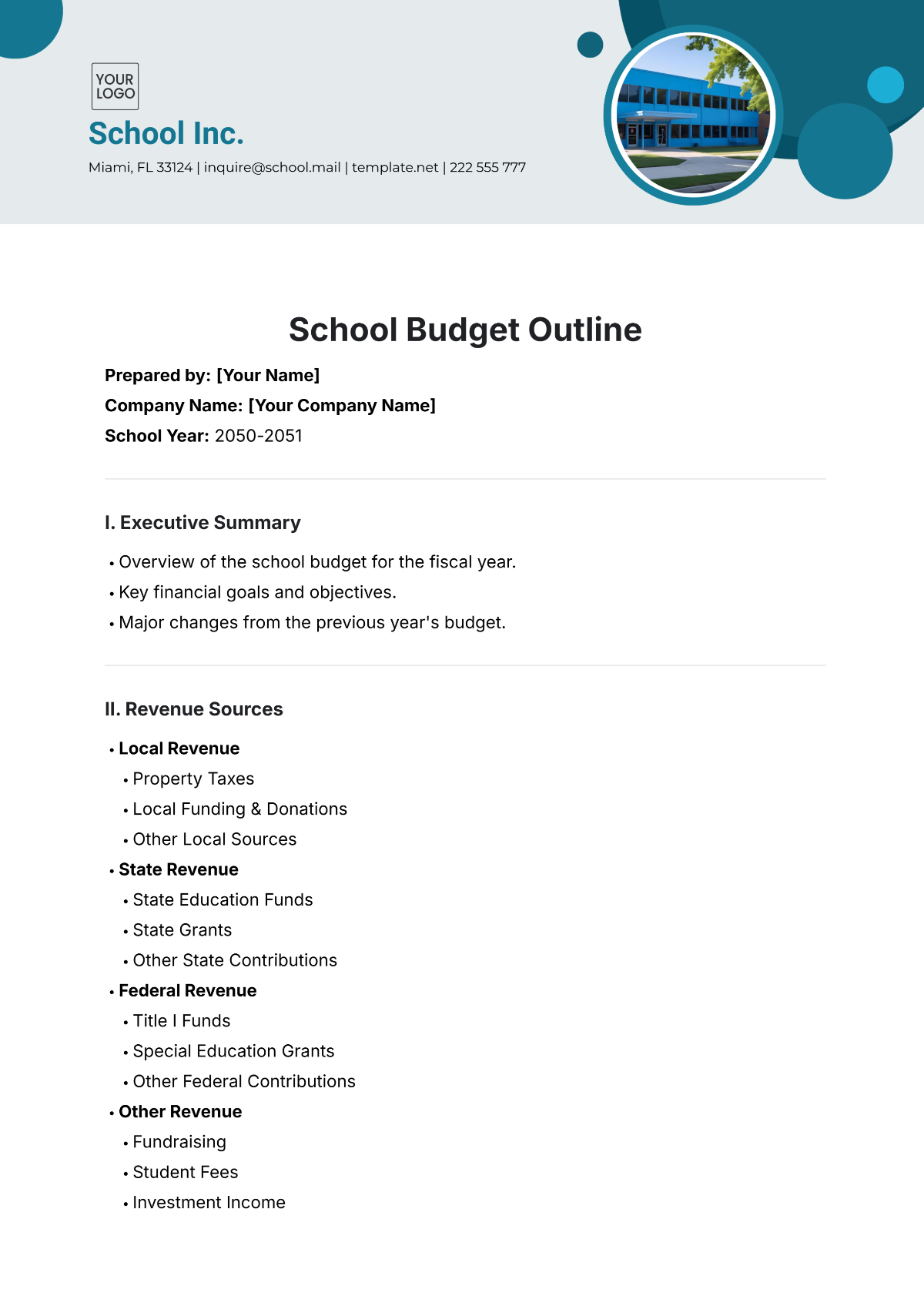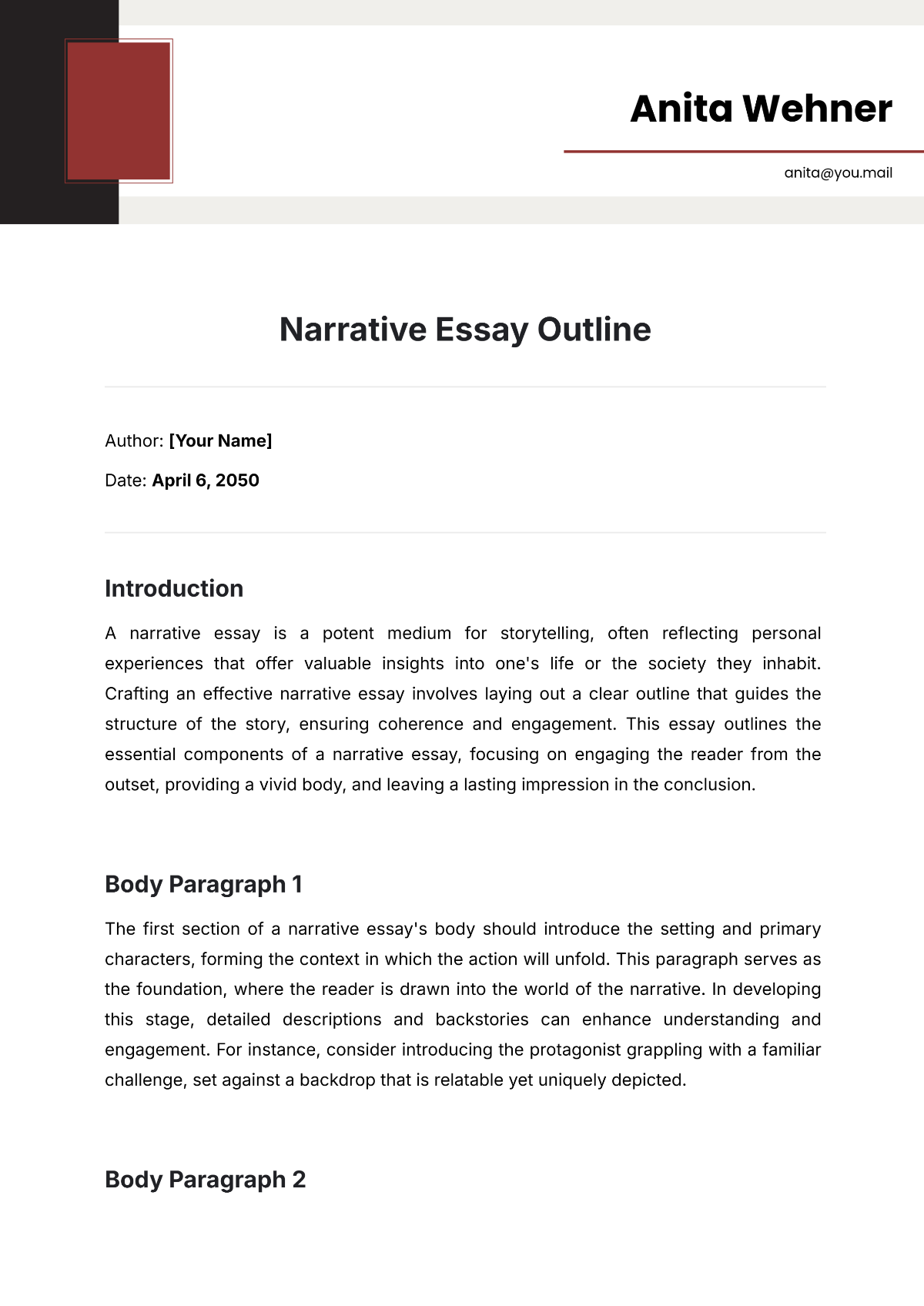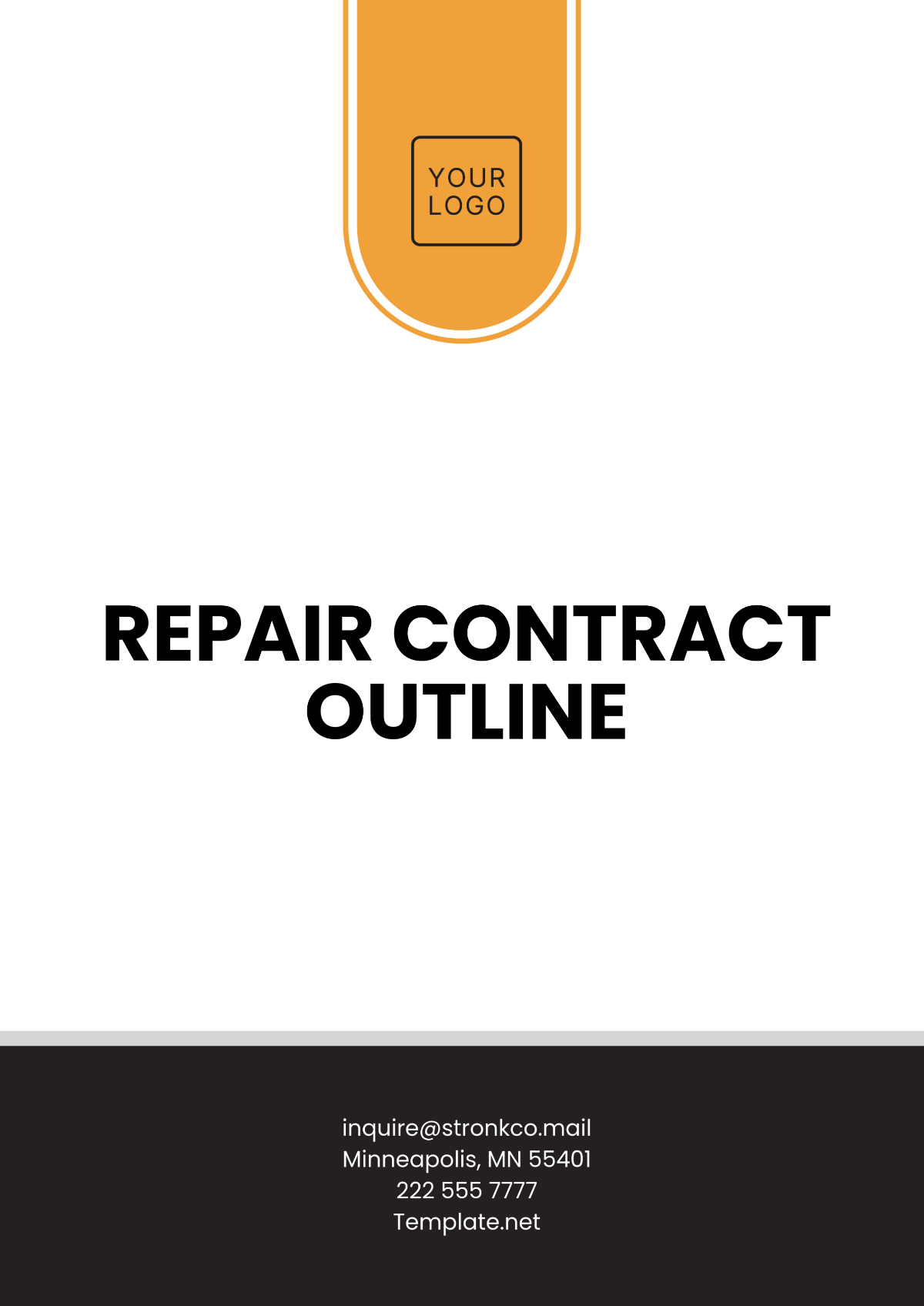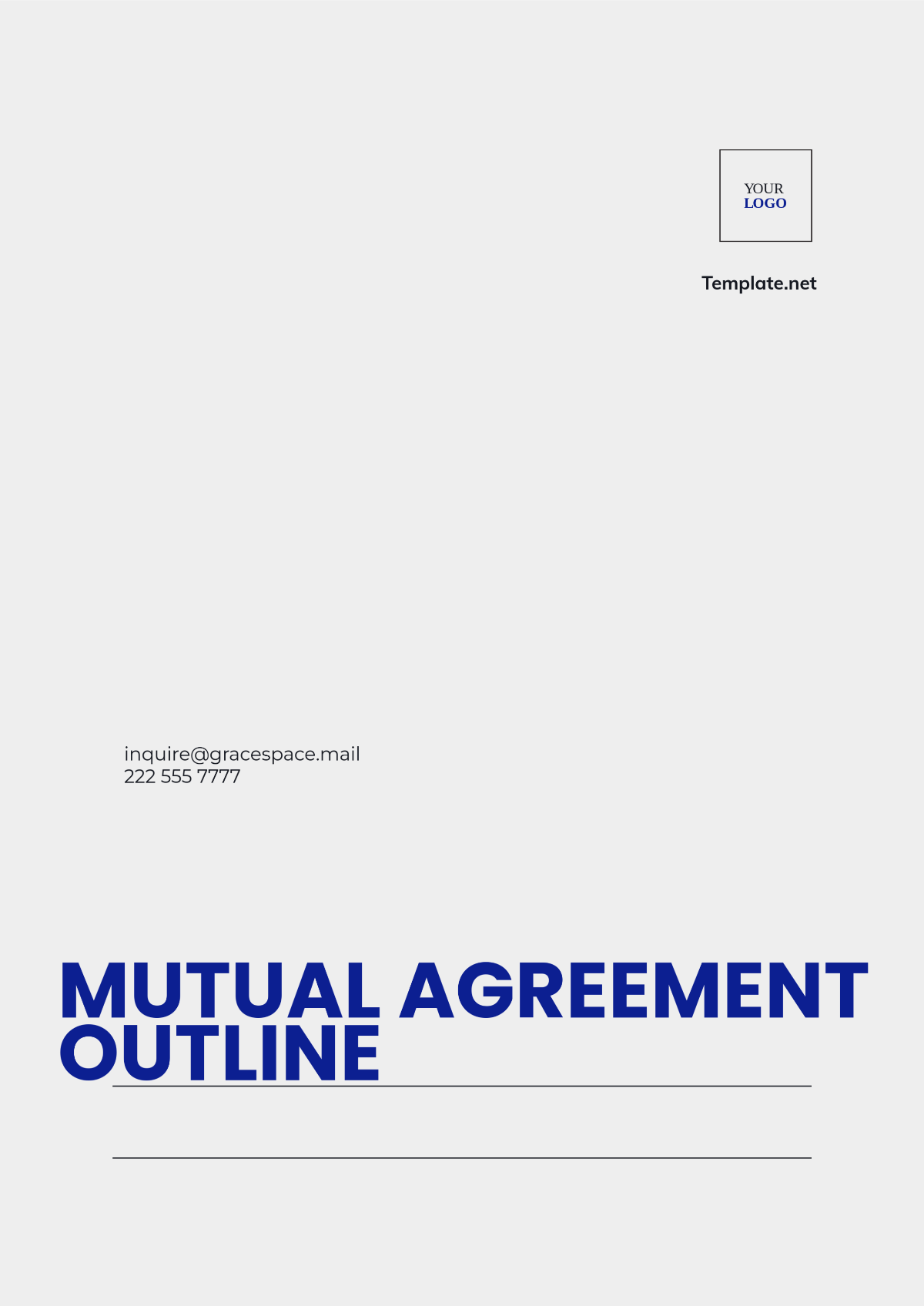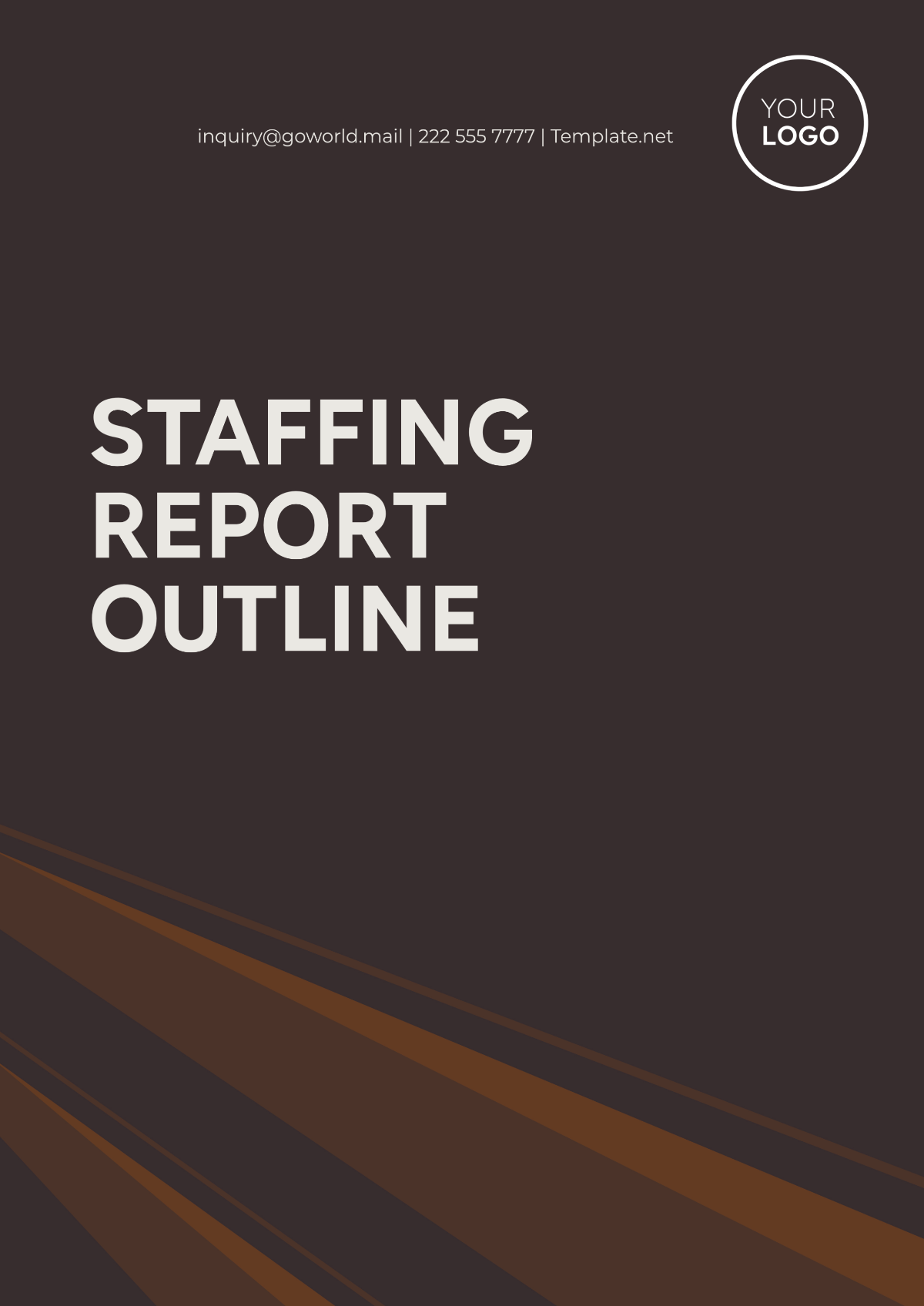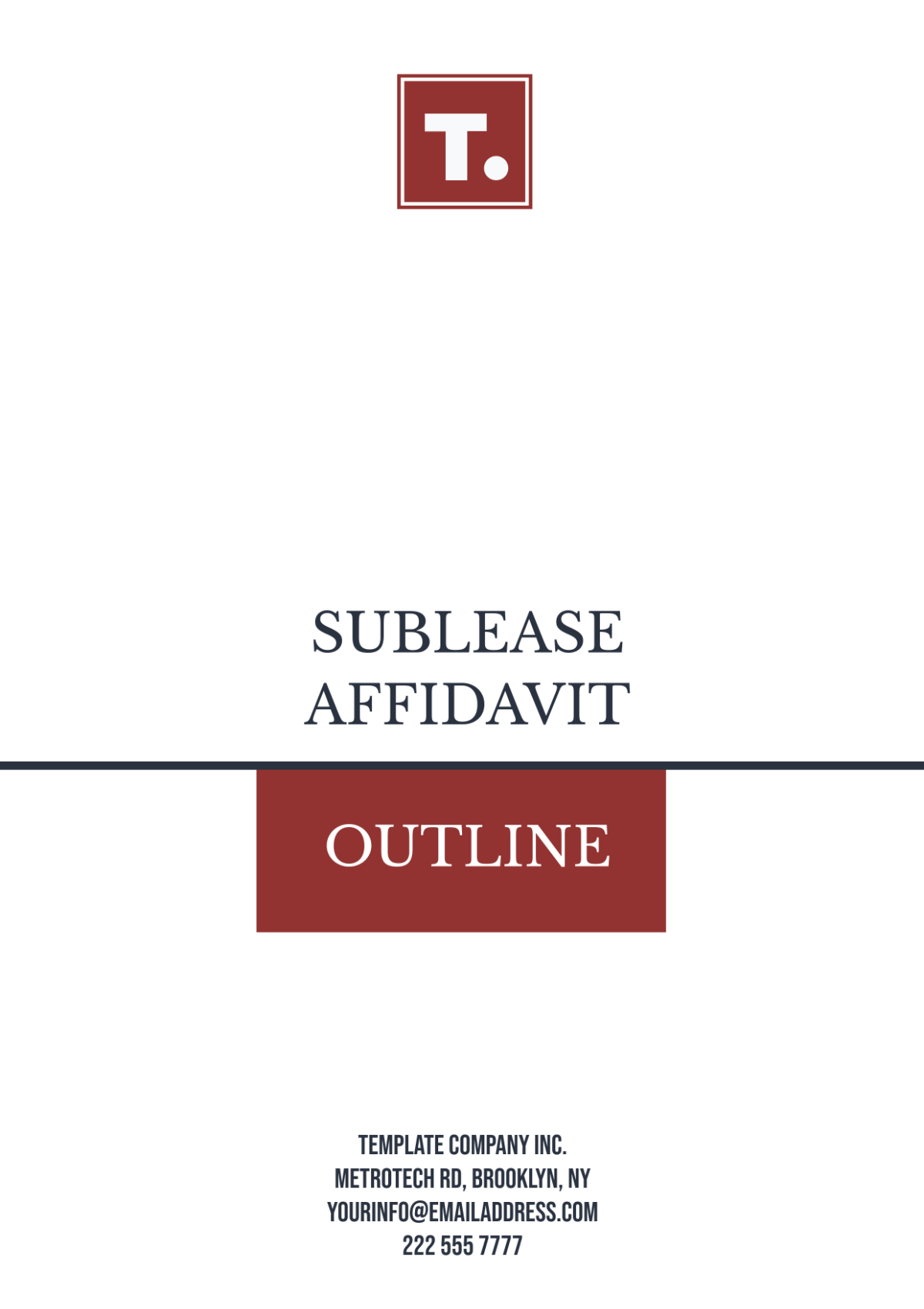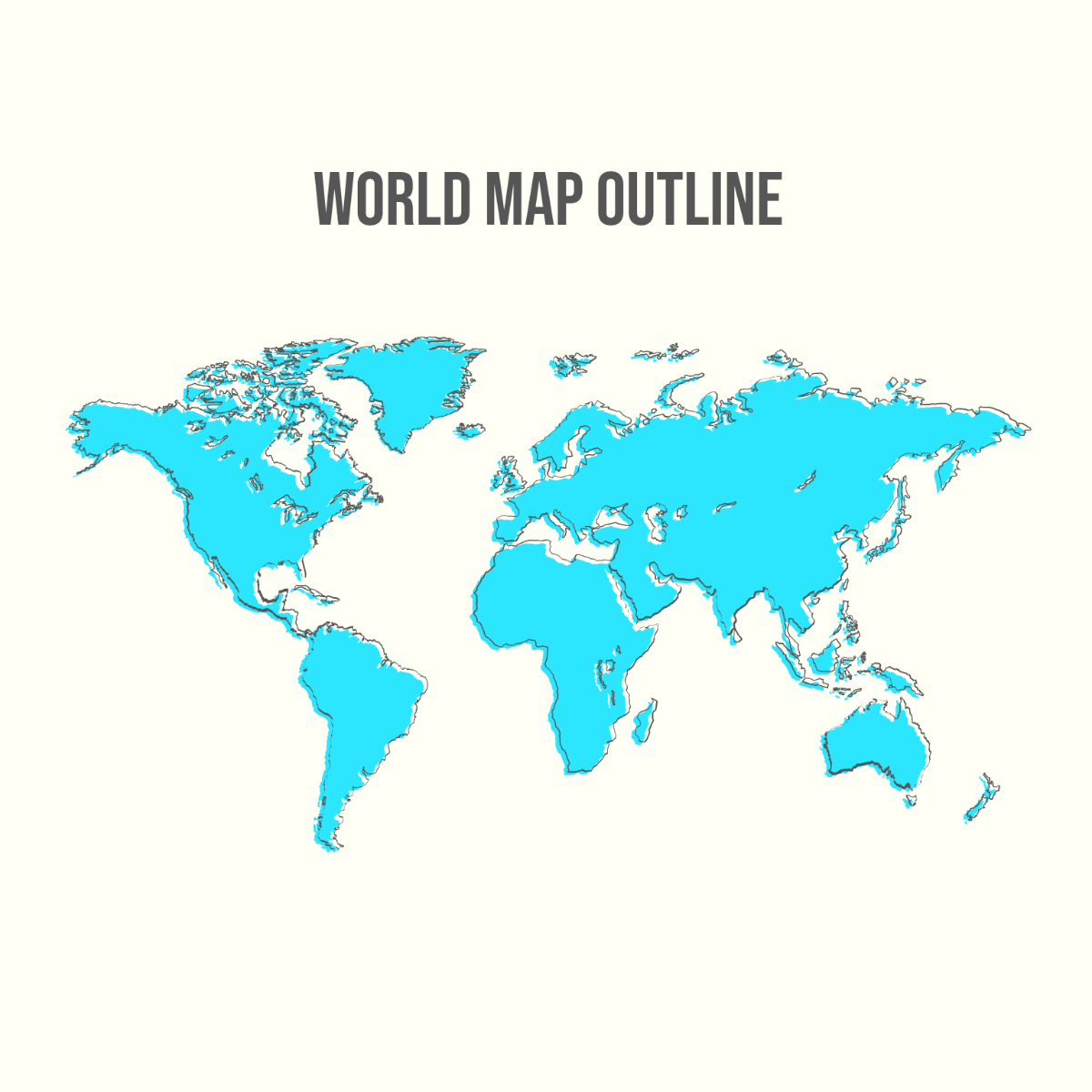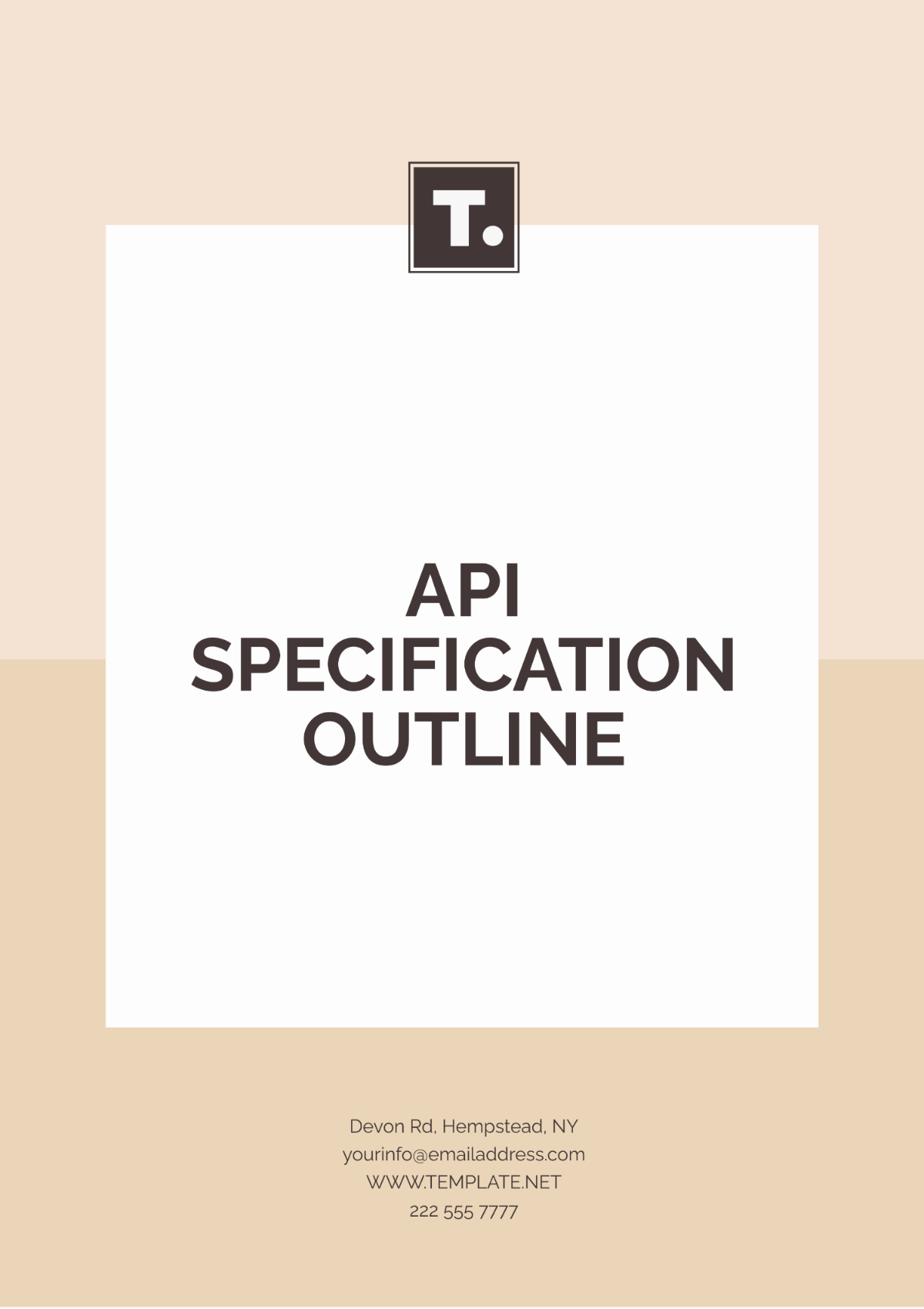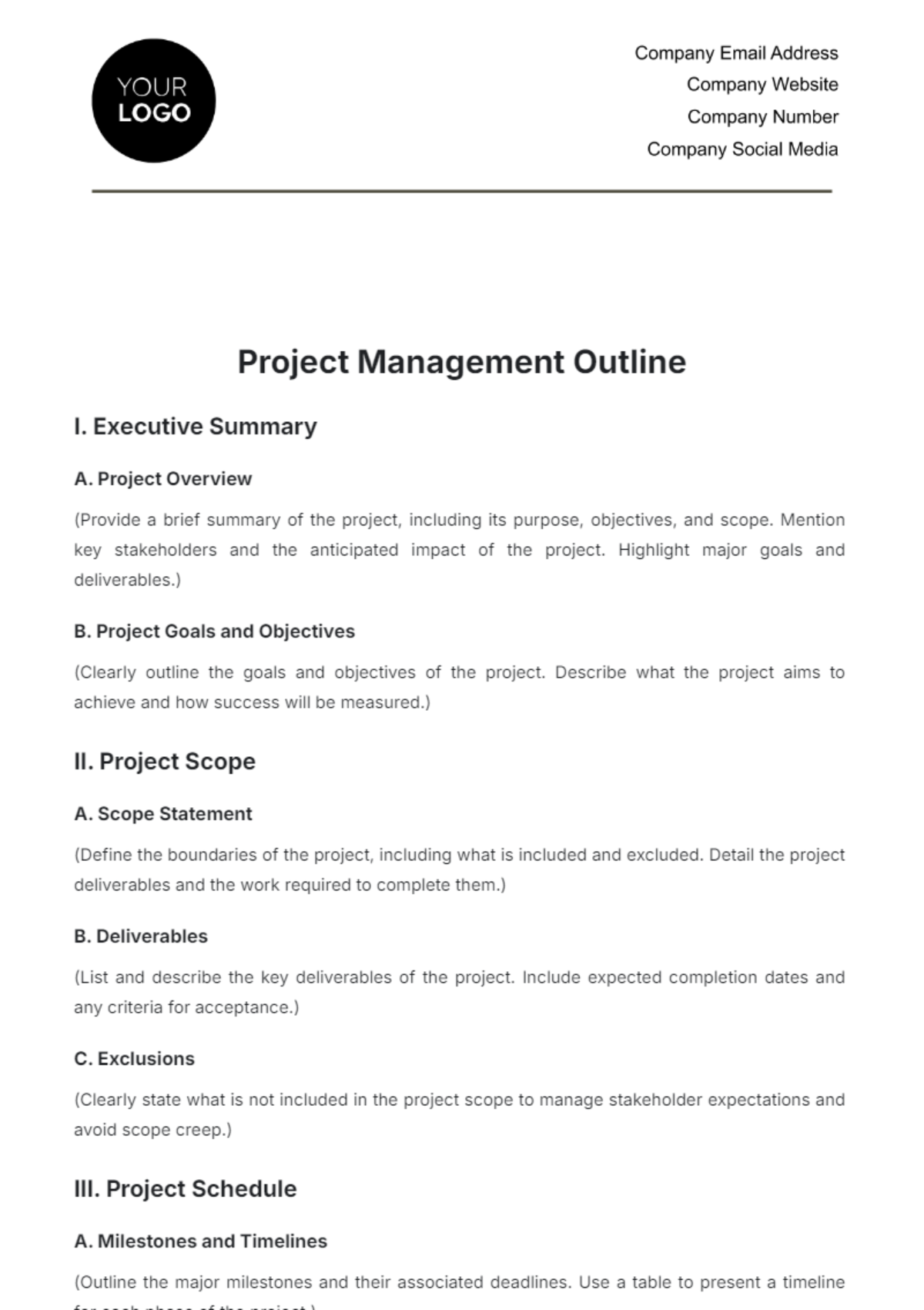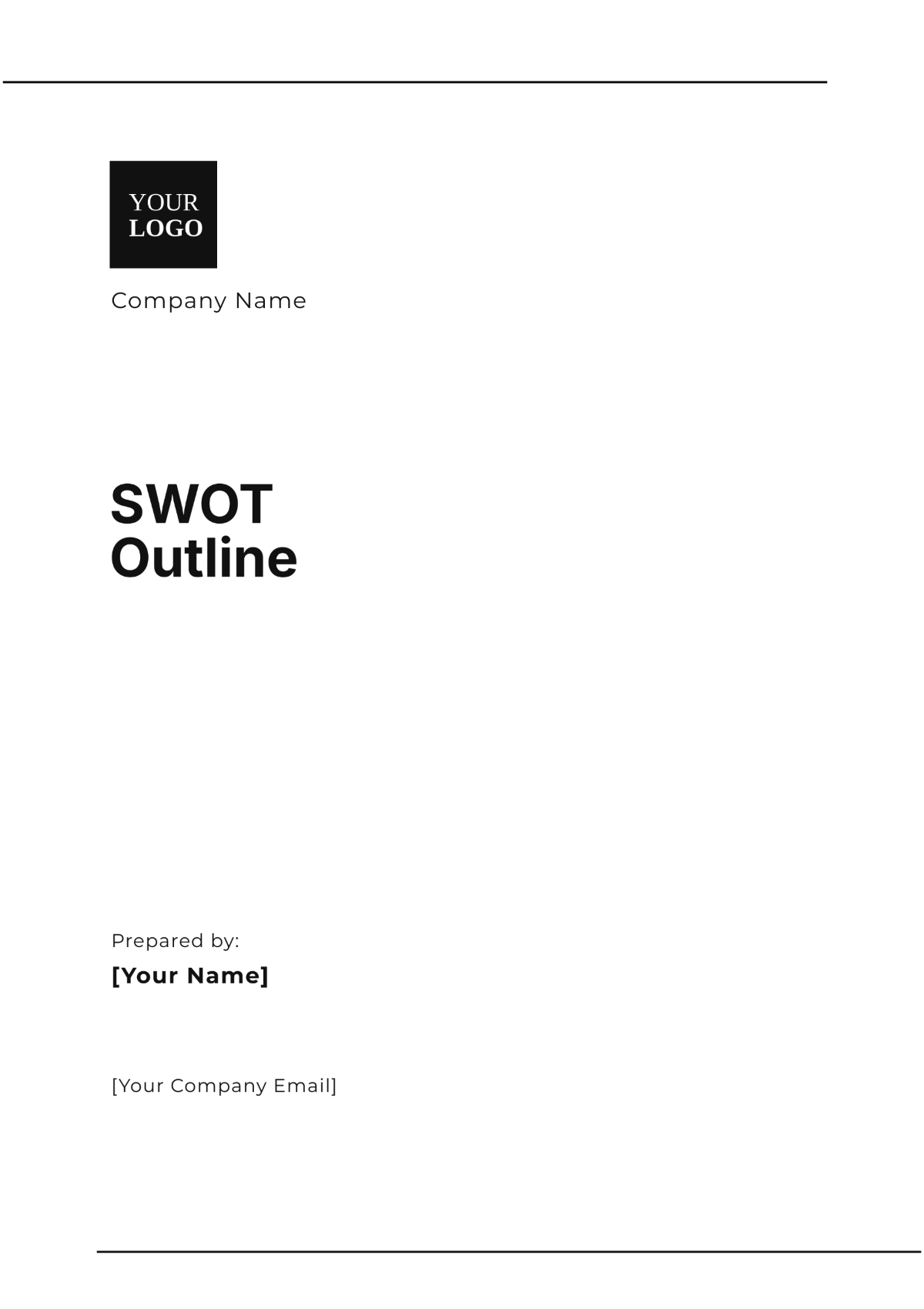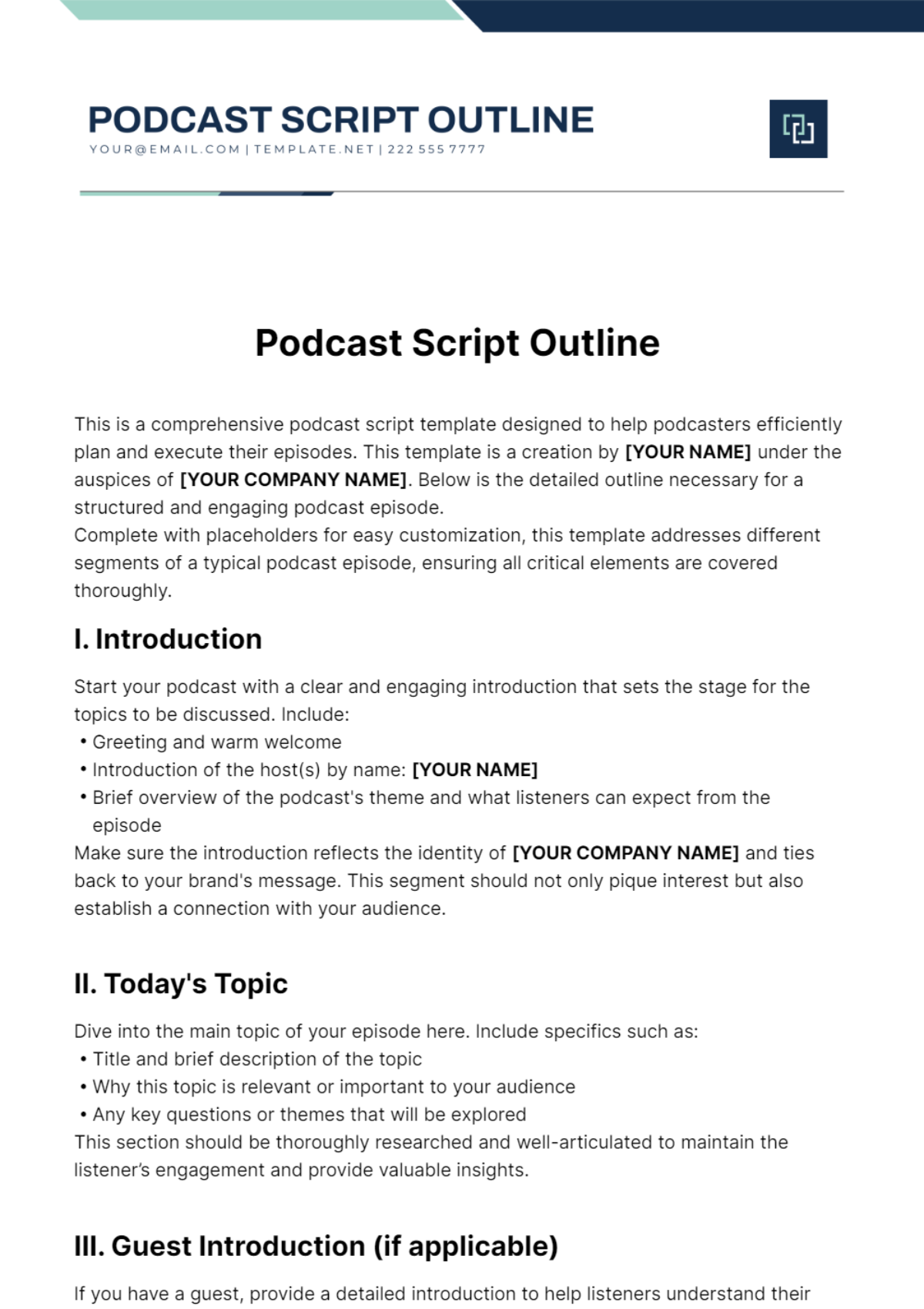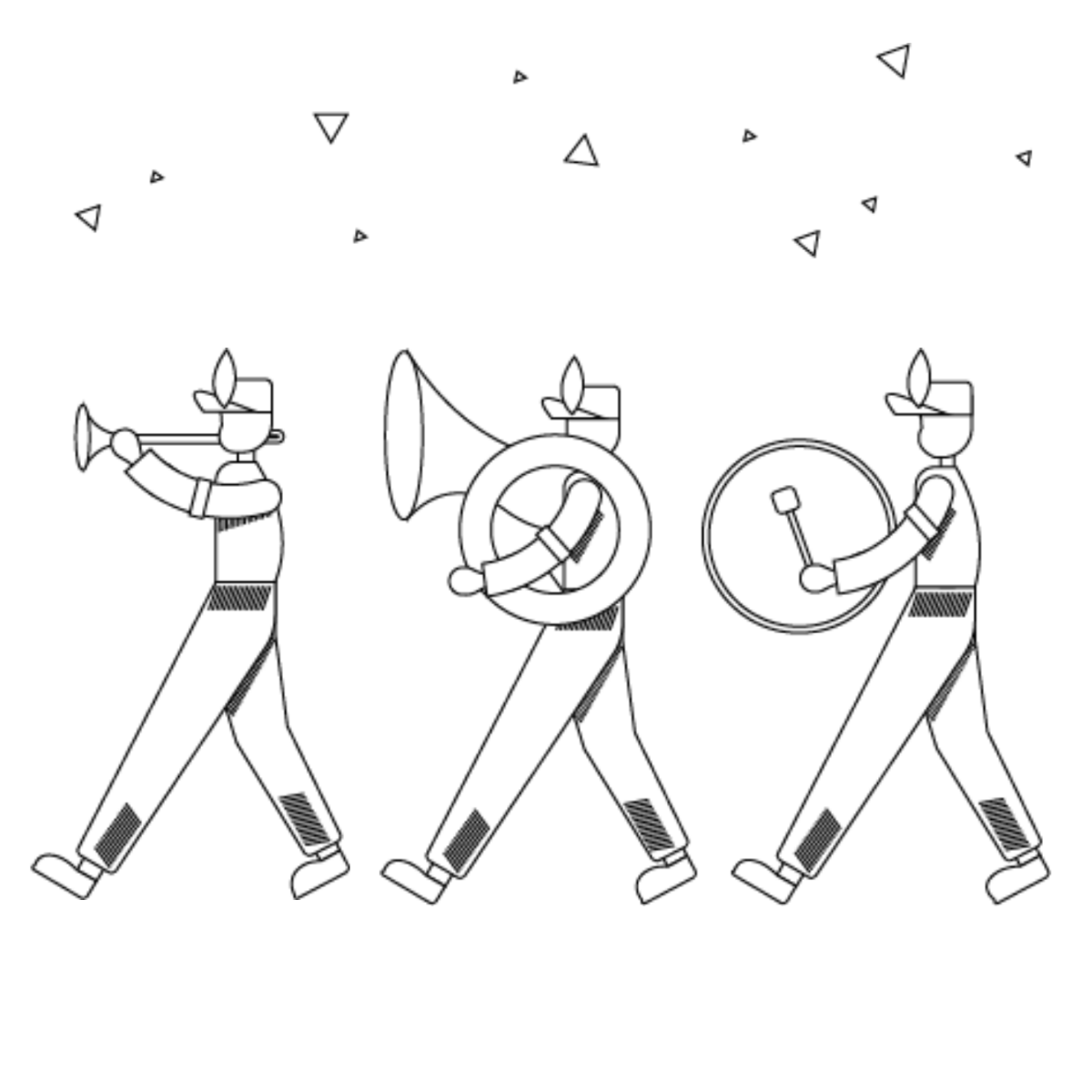Bring Your Ideas to Life with Outline Templates from Template.net
Keep your writing projects organized, clear, and professional with Outline Templates by Template.net. Designed for writers, students, and professionals aiming to streamline their creative or analytical processes, these templates ensure you keep your audience engaged, maintain a logical flow of information, and enhance the overall quality of your work. Whether you’re looking to systematically plan an academic research paper or draft an engaging presentation for a business proposal, these templates are your go-to tool. Each template includes essential details such as section headers, notes, and optional supplementary data to enhance your document's coherence. You can effortlessly Outline Maker with no prior design skills required, saving both time and resources while enjoying a professional-grade structure. Ideal for both digital or print format, these layouts are customizable, making them perfect for sharing across various platforms.
Discover the many Outline Templates we have on hand, each crafted to facilitate a perfect start to your project. Selecting a template is as easy as clicking your chosen design, ready for you to swap in your content, and tweak colors and fonts to match your style or brand identity. Add advanced touches like dragging-and-dropping icons or graphics, or enrich your project with animated effects and AI-powered text tools that can transform ideas with ease. Enjoy the freedom to explore endless possibilities, all without needing any design experience. Our regularly updated library ensures you always have fresh, innovative designs at your fingertips. When you’re finished, download or share via link, print, email, or publish directly to your preferred social media channels, making it ideal for reaching multiple audiences or collaborating in real-time.
